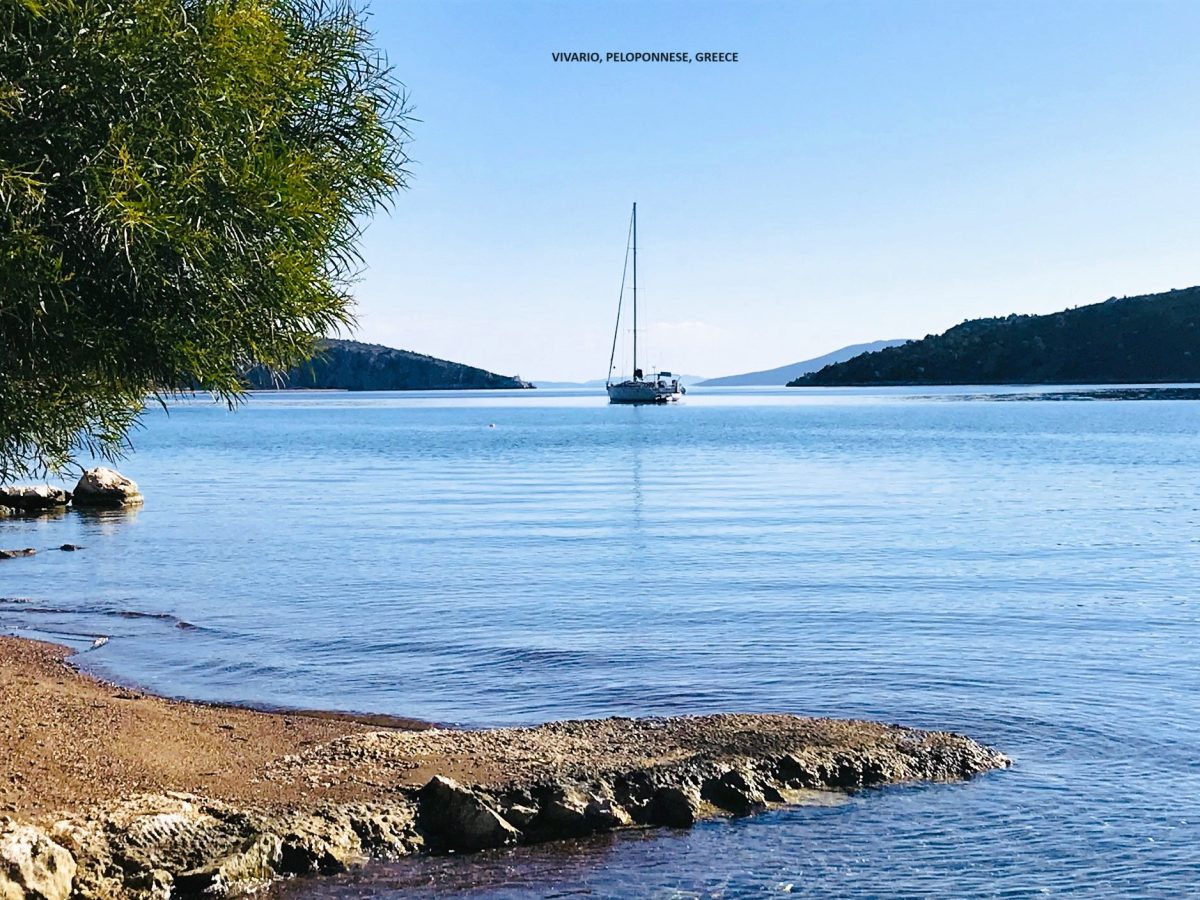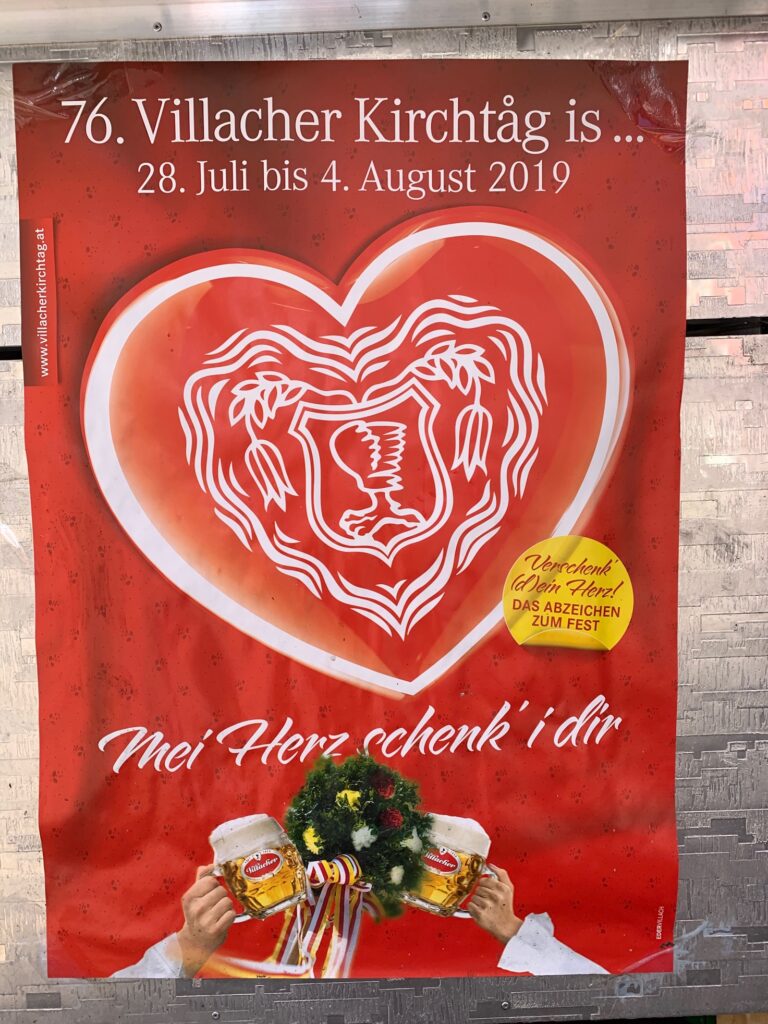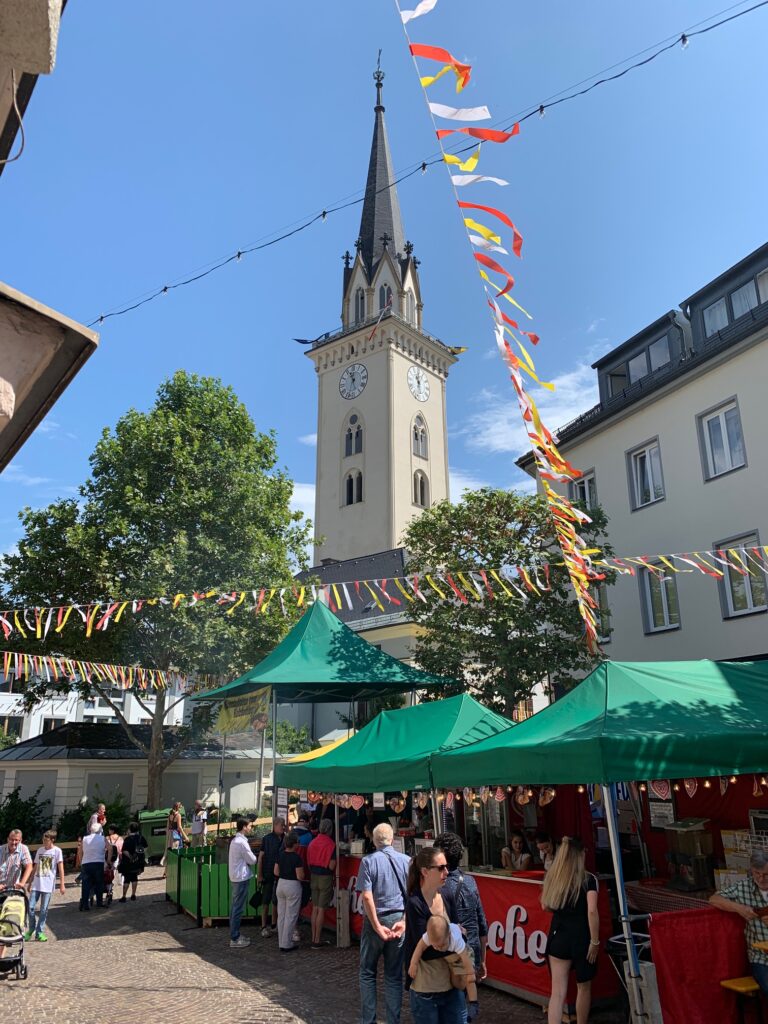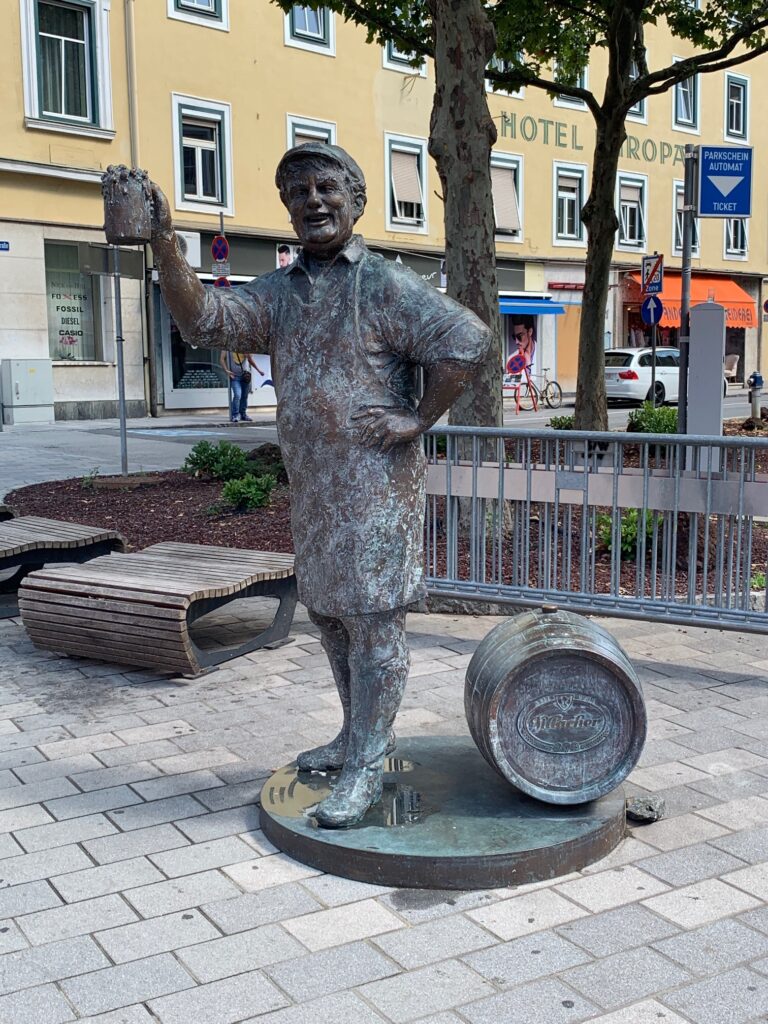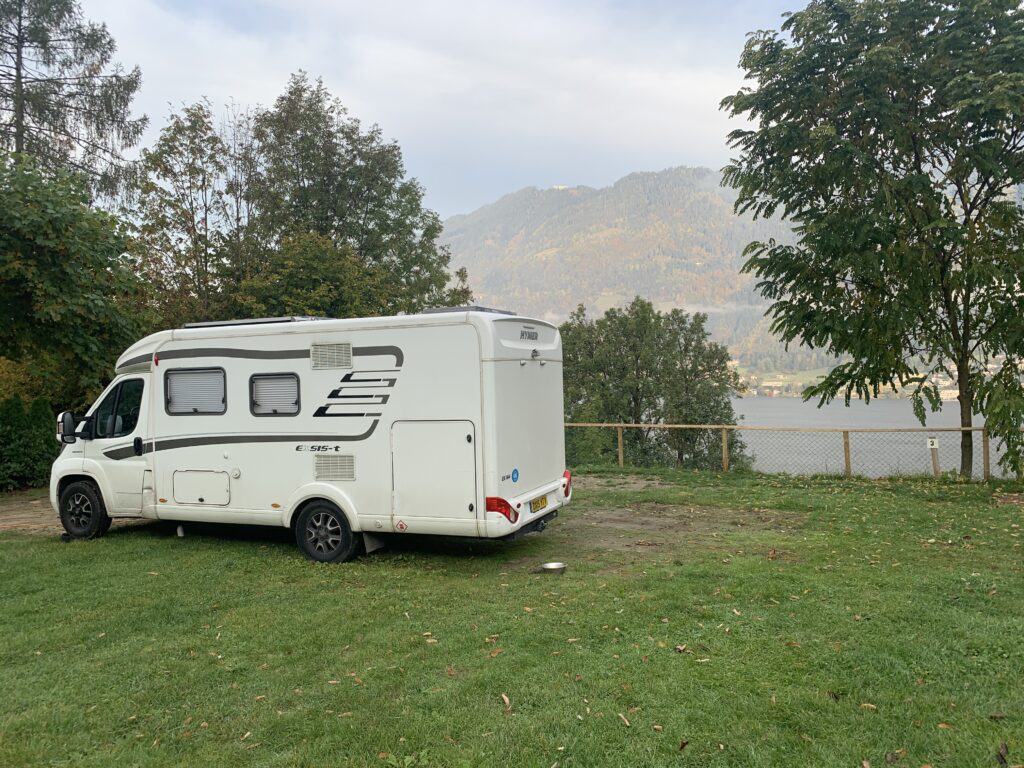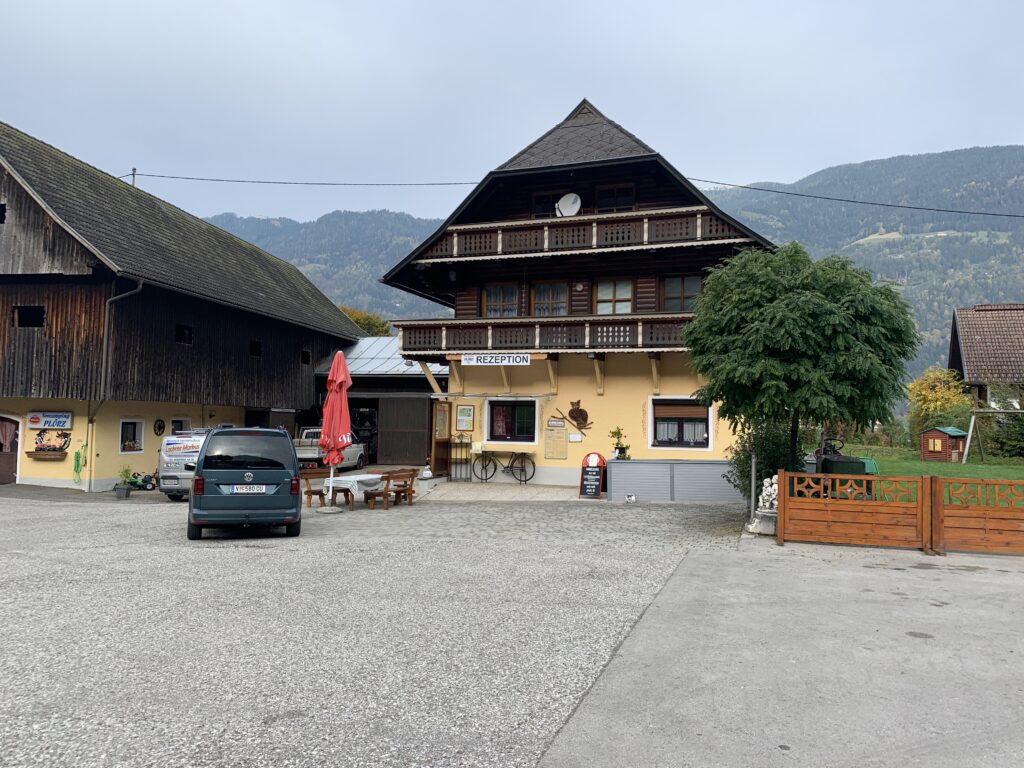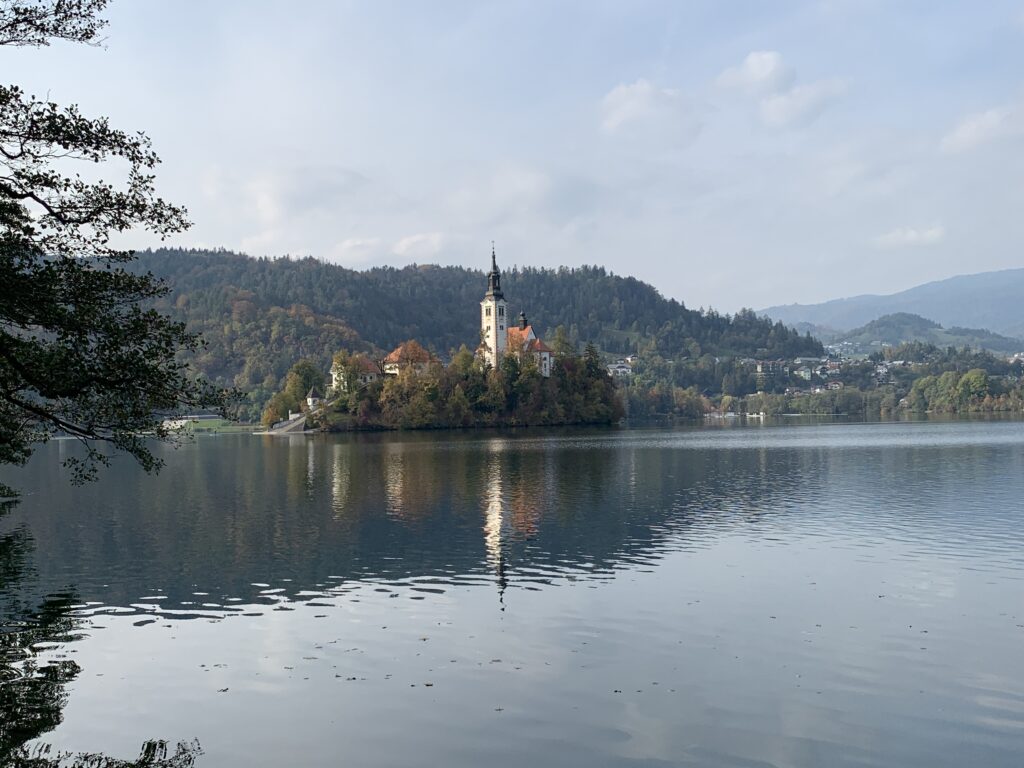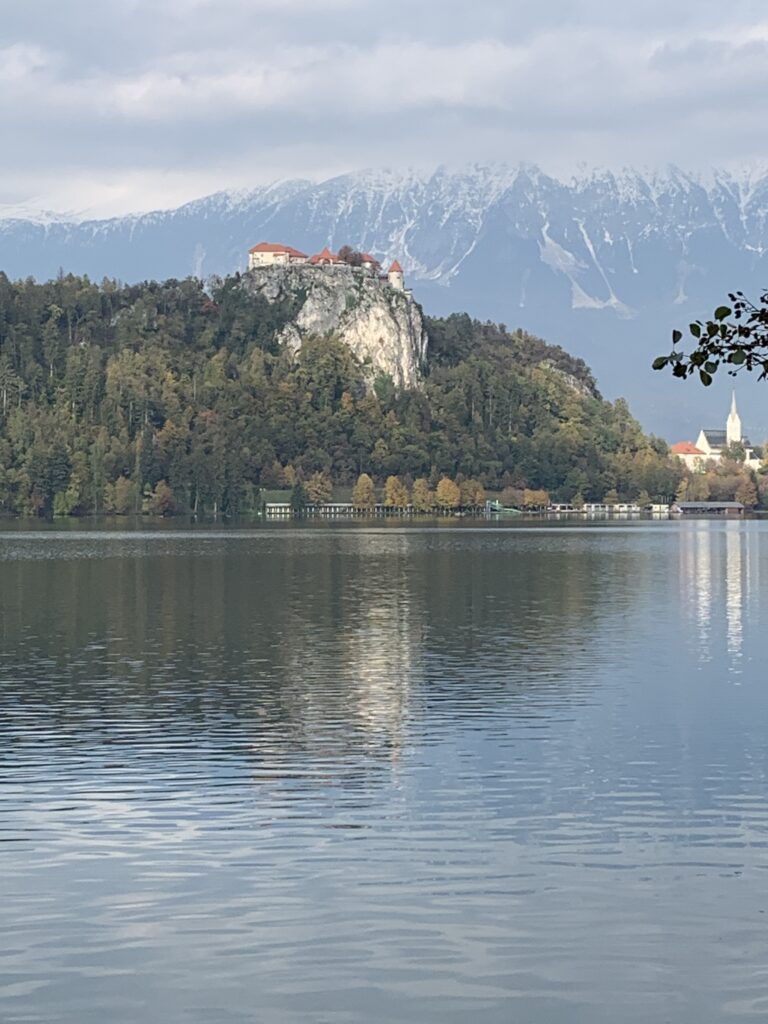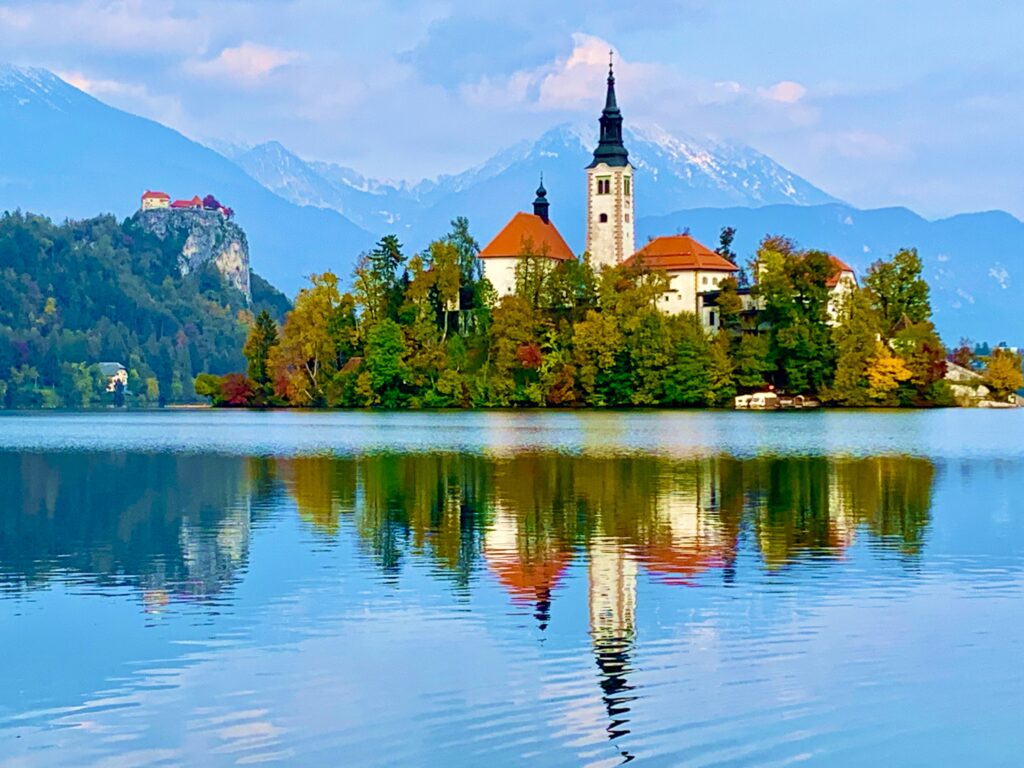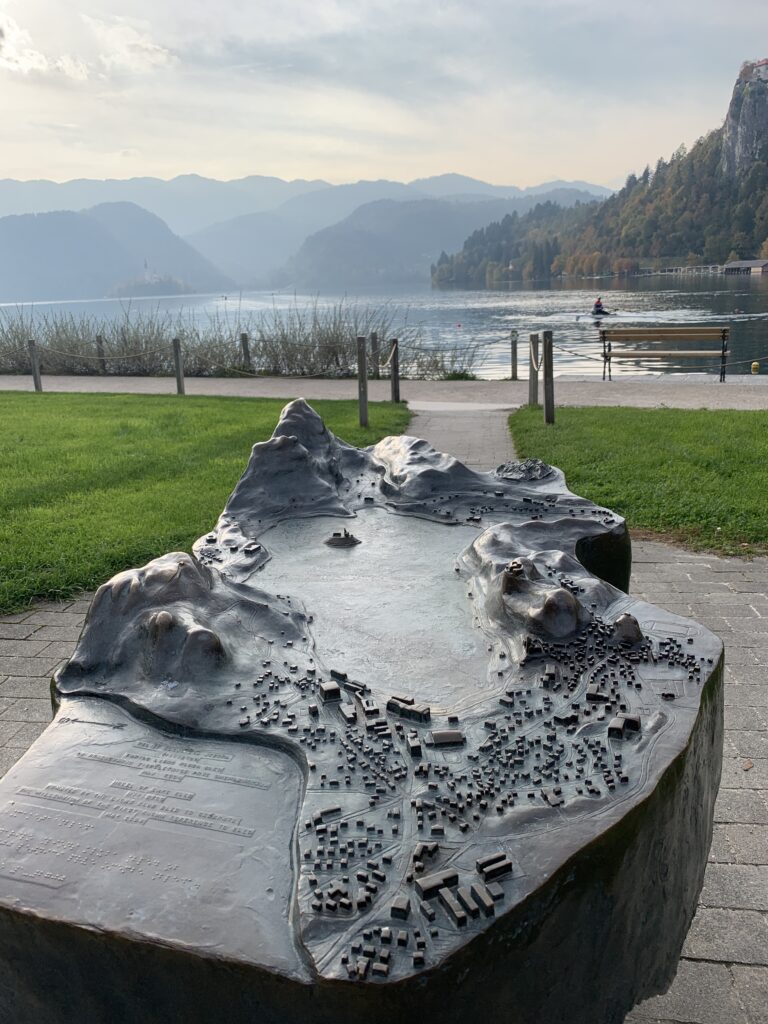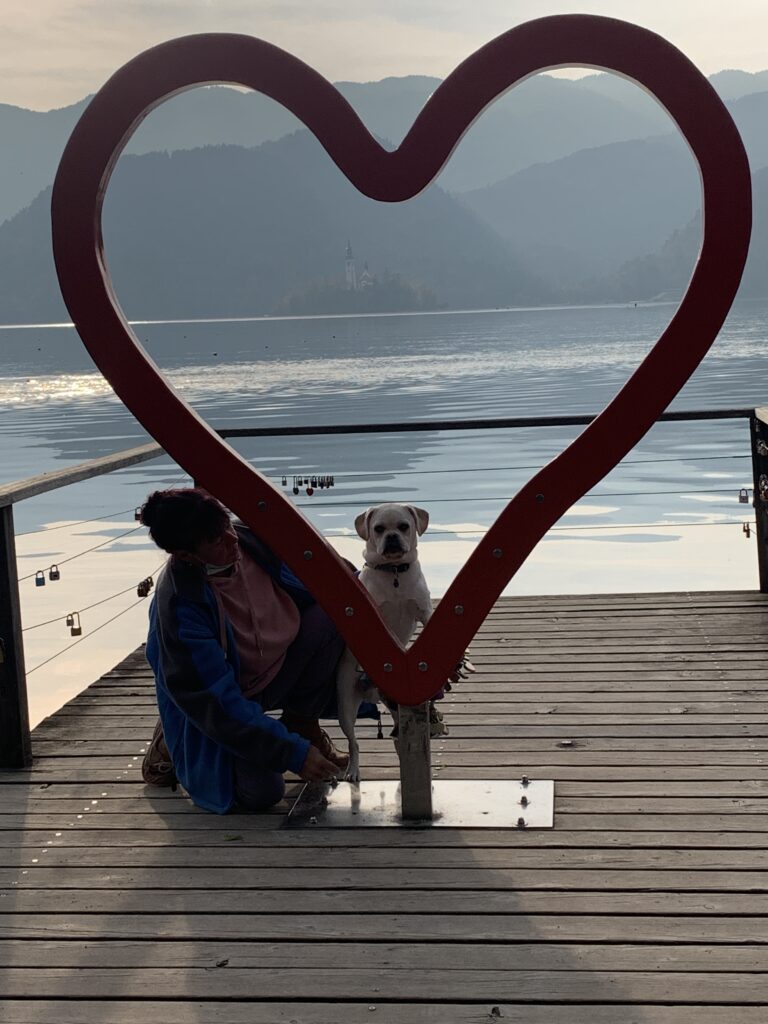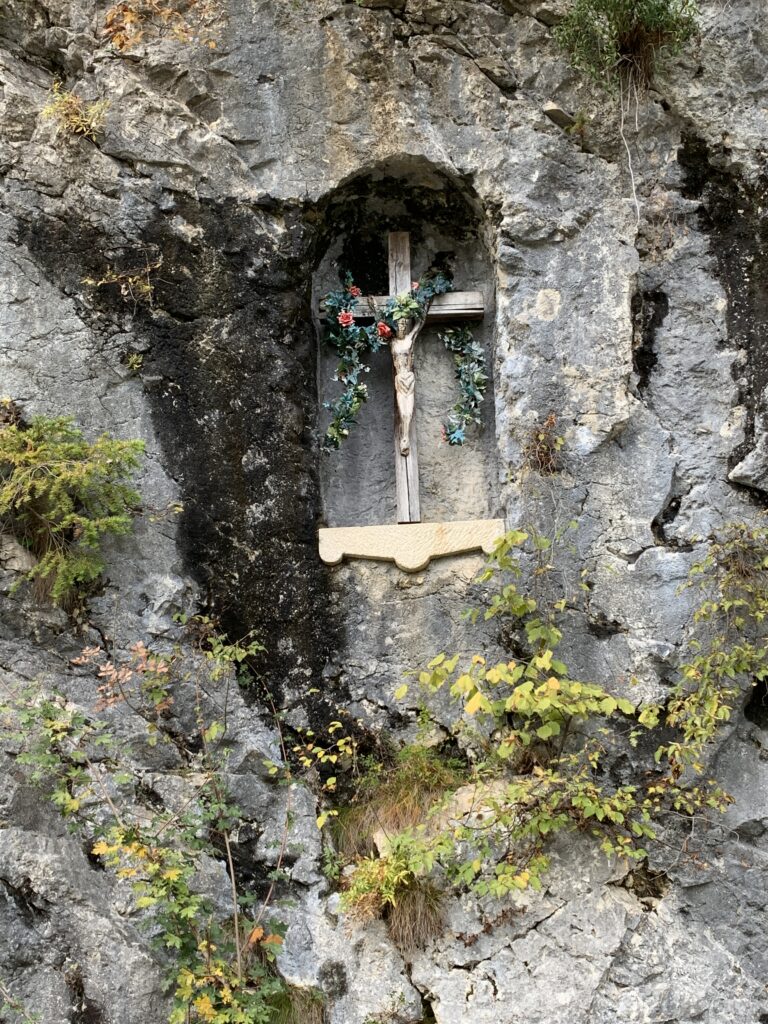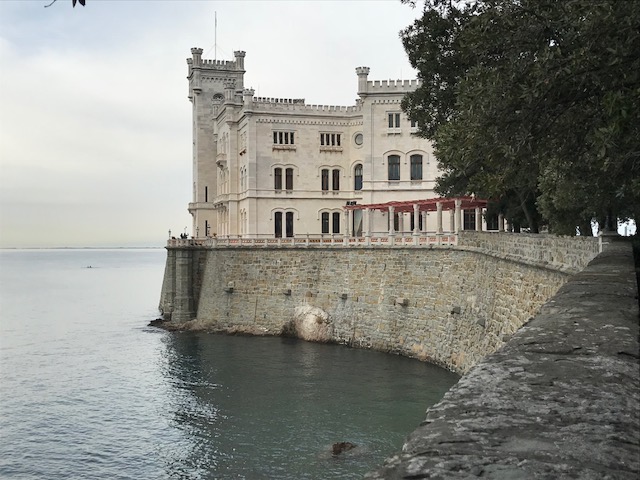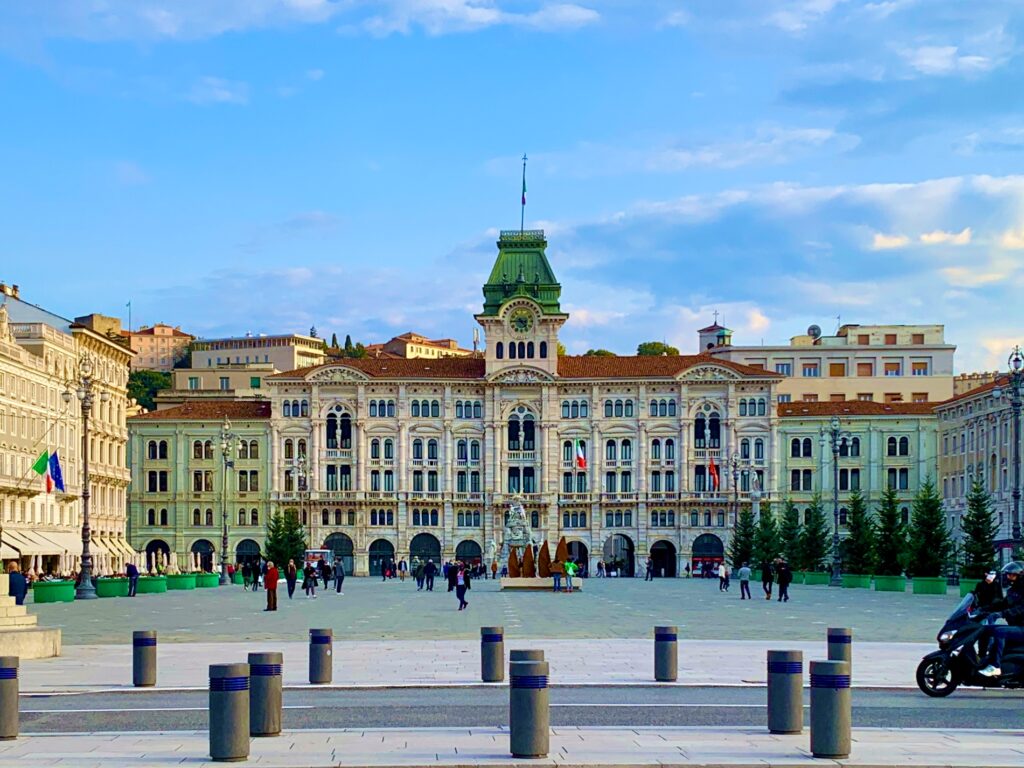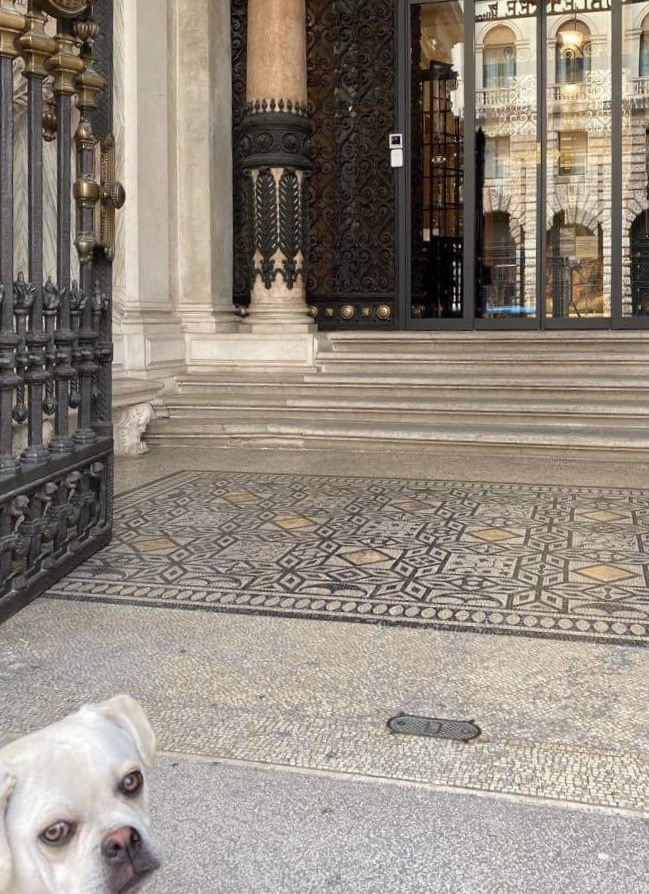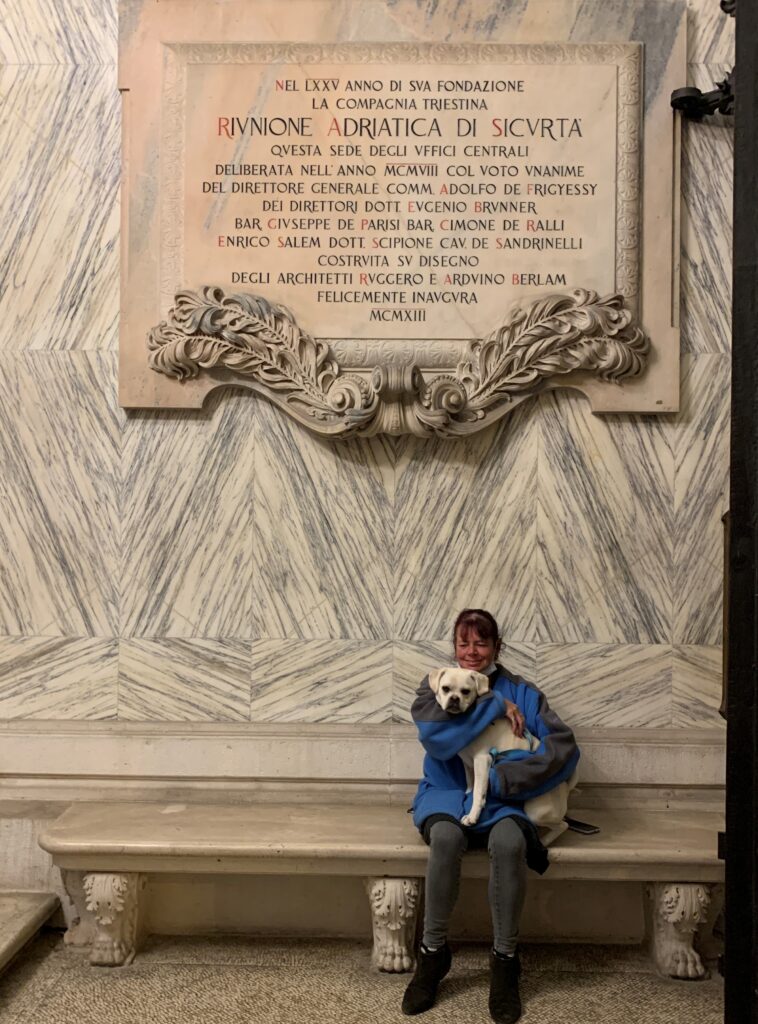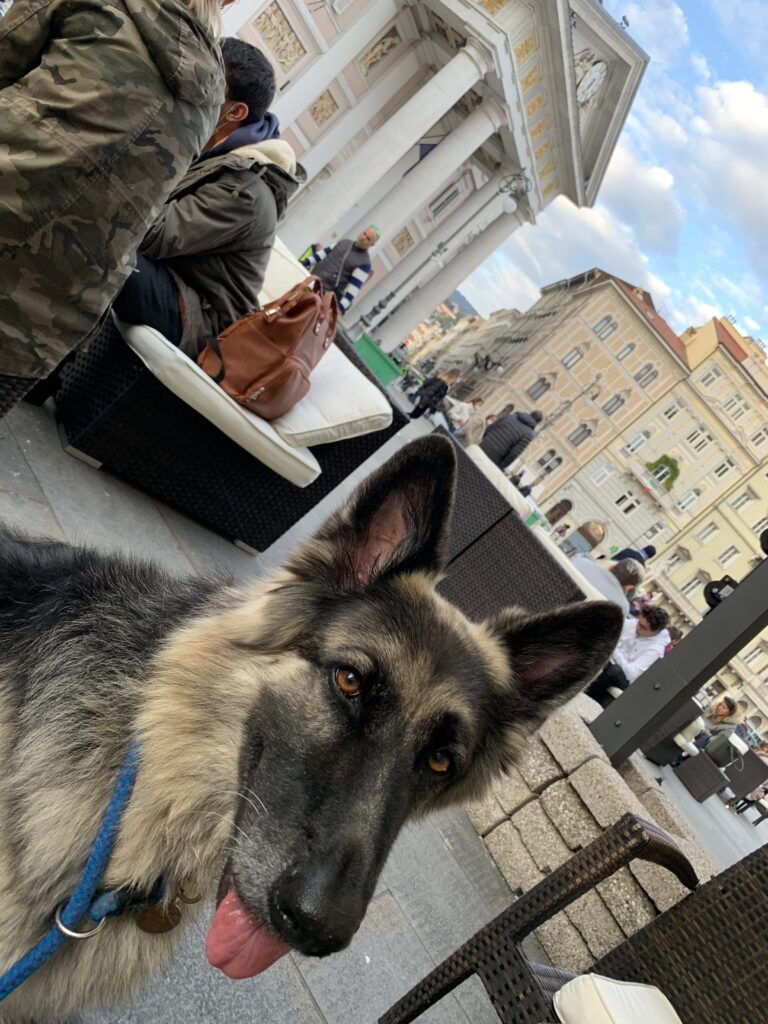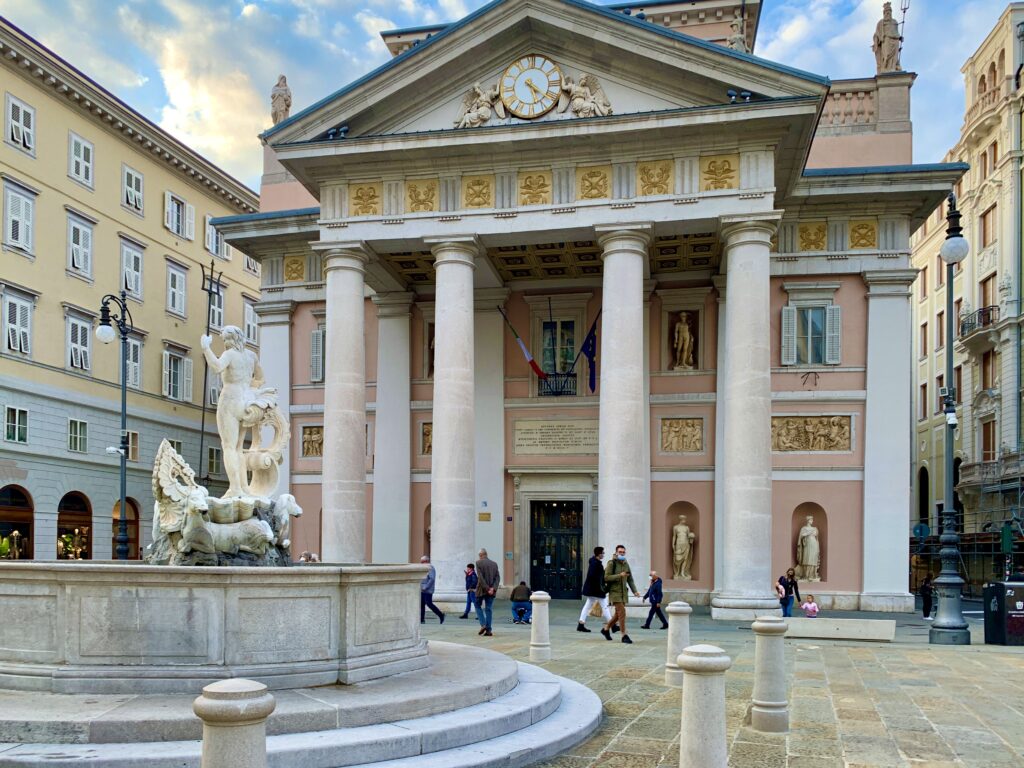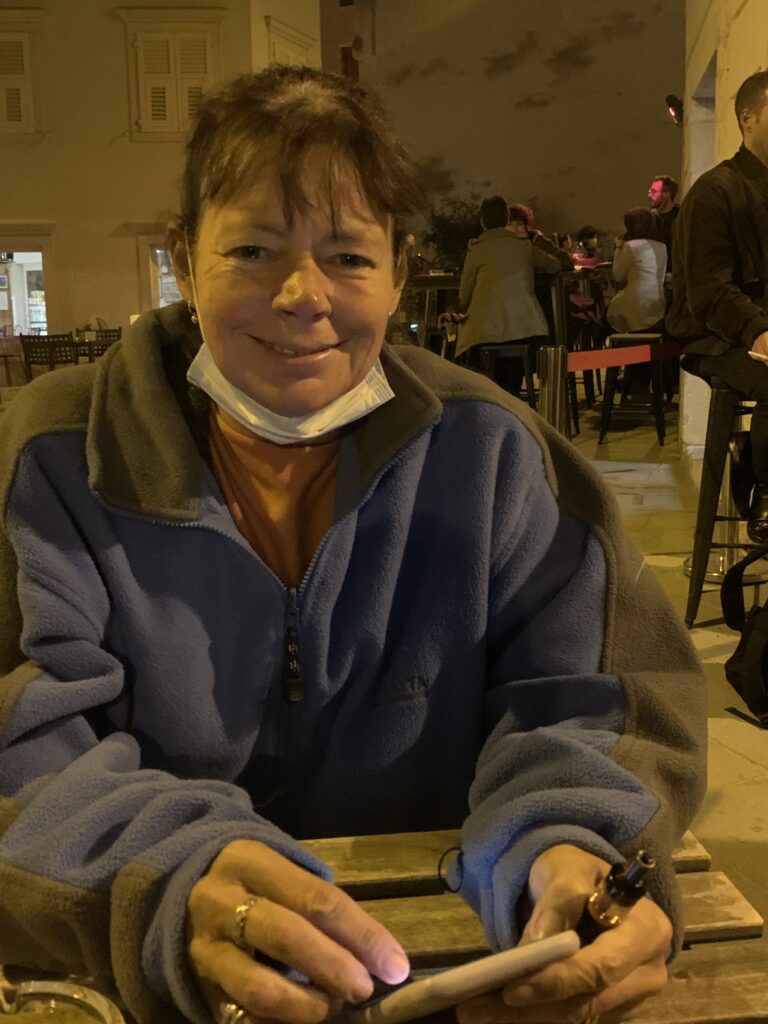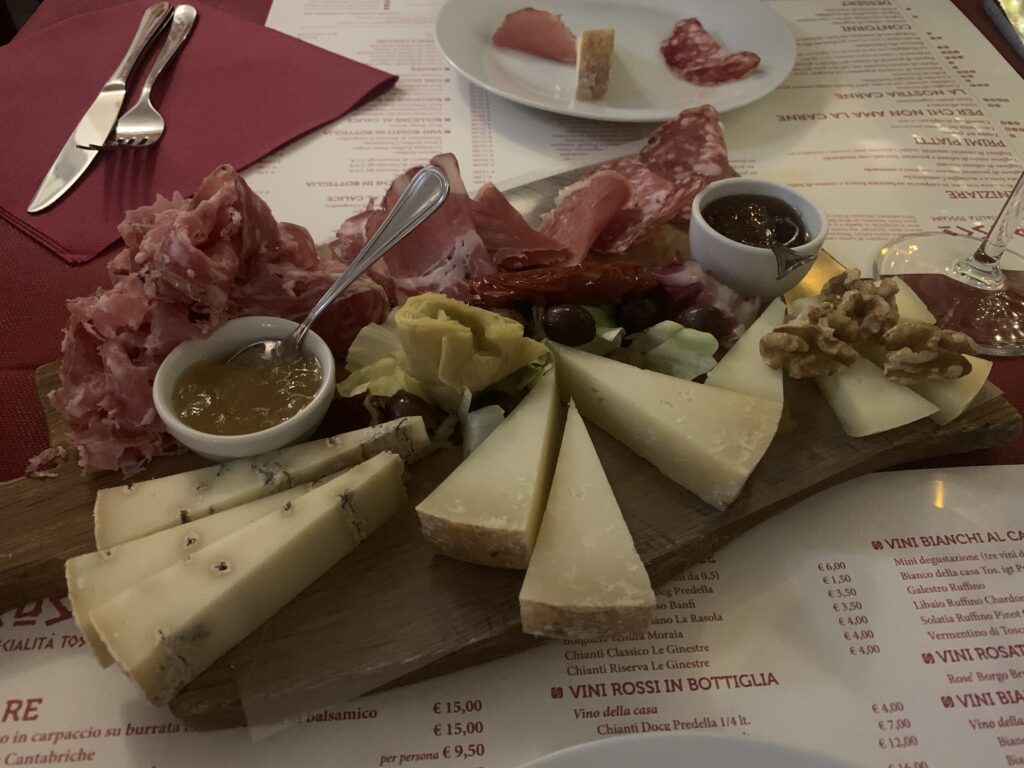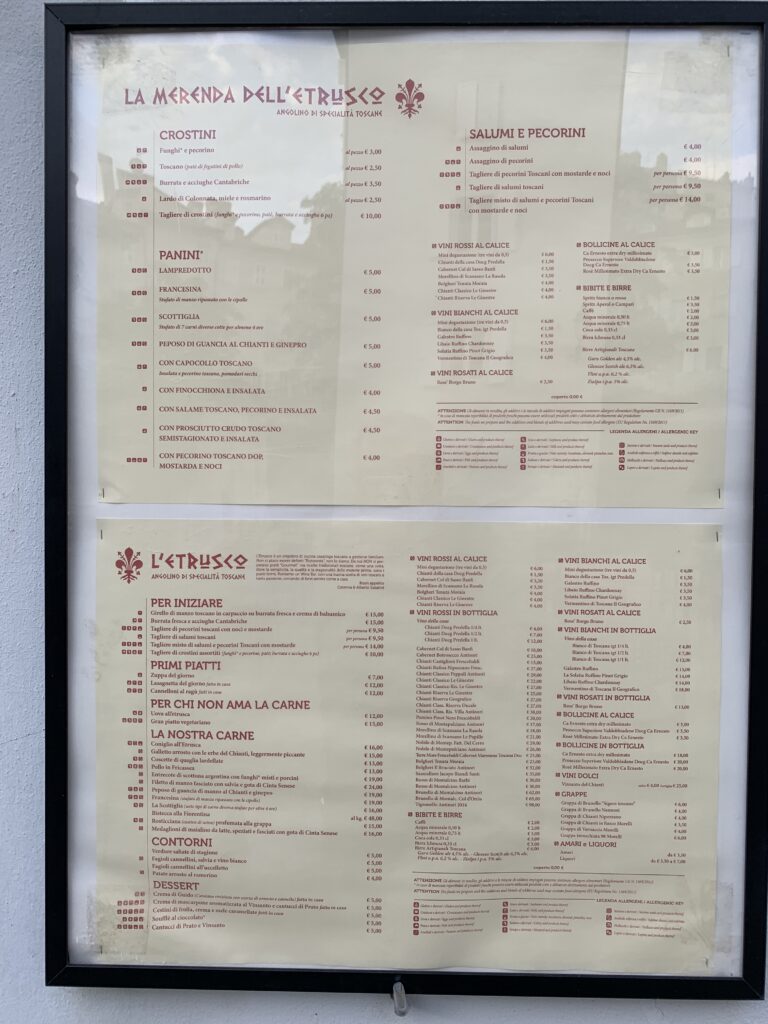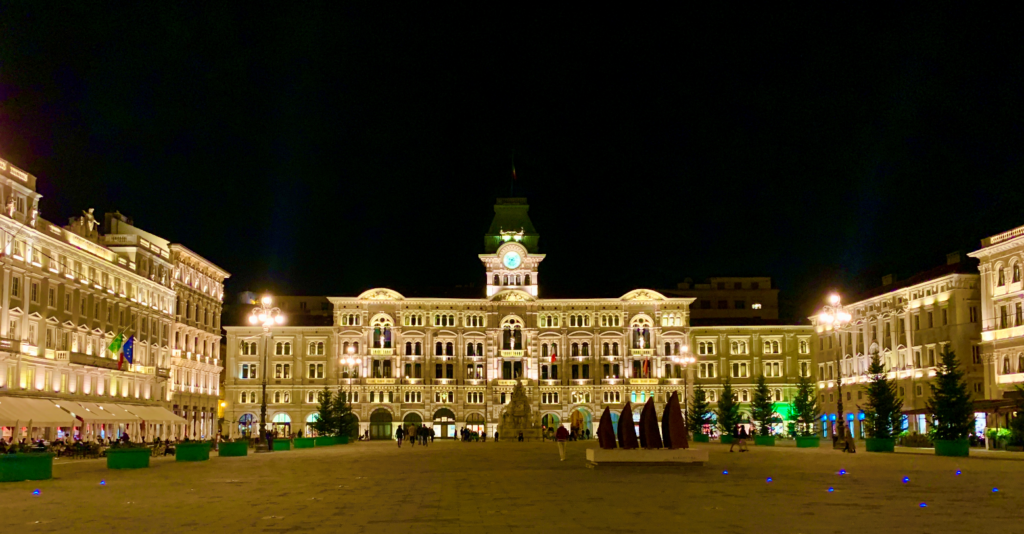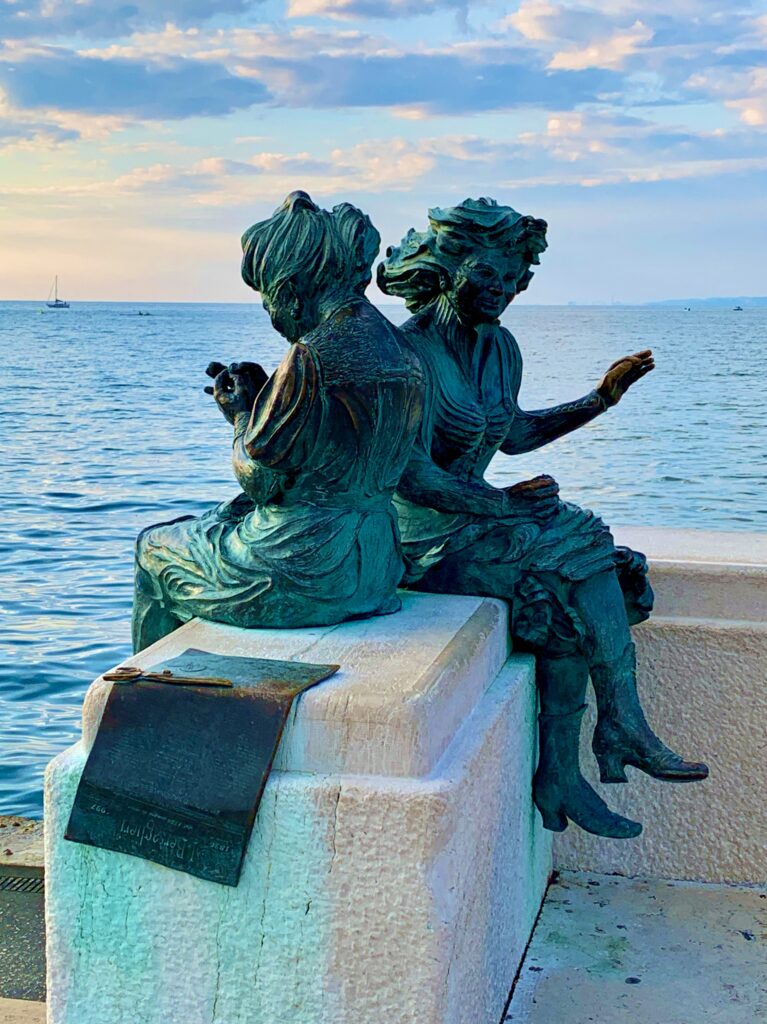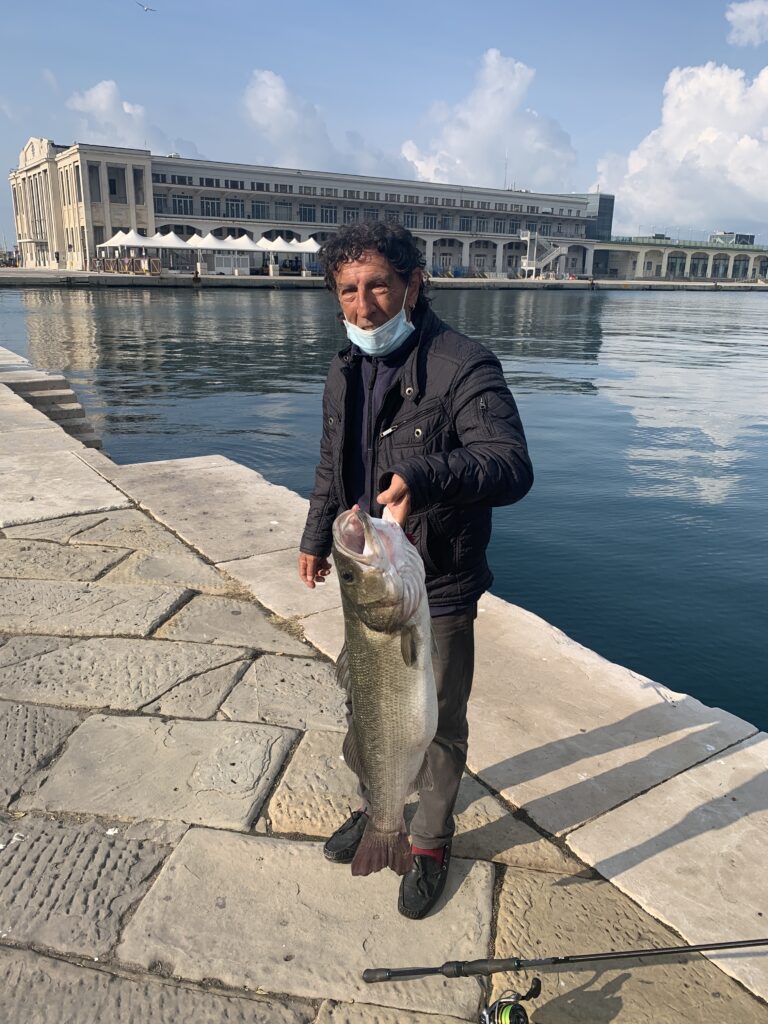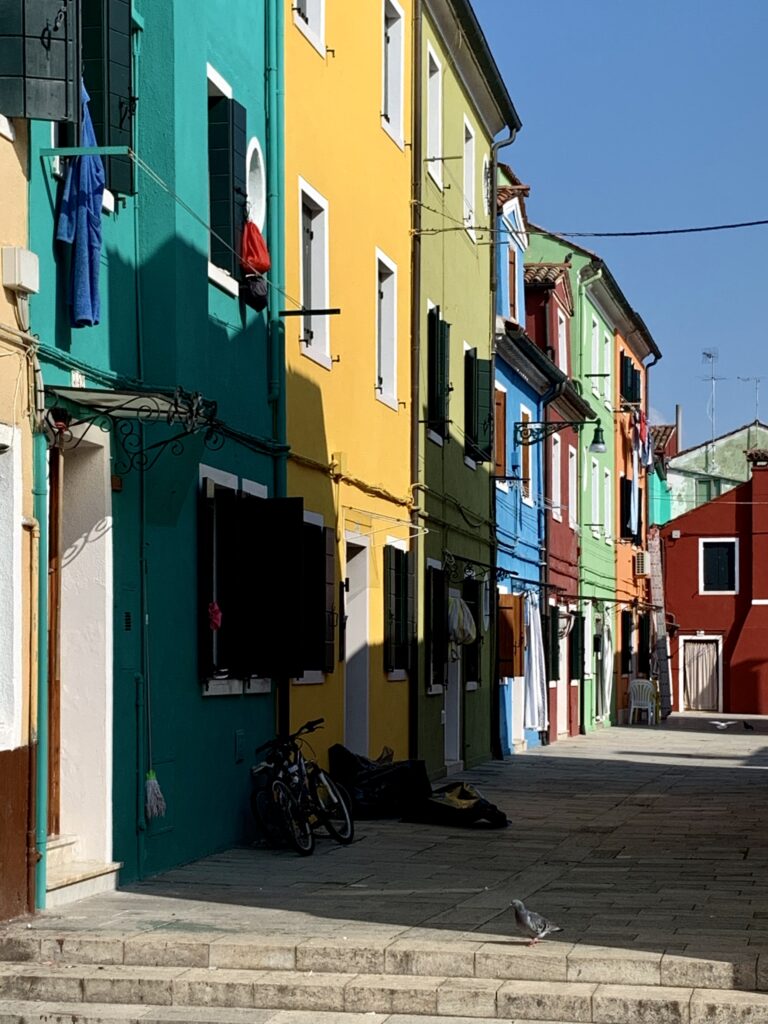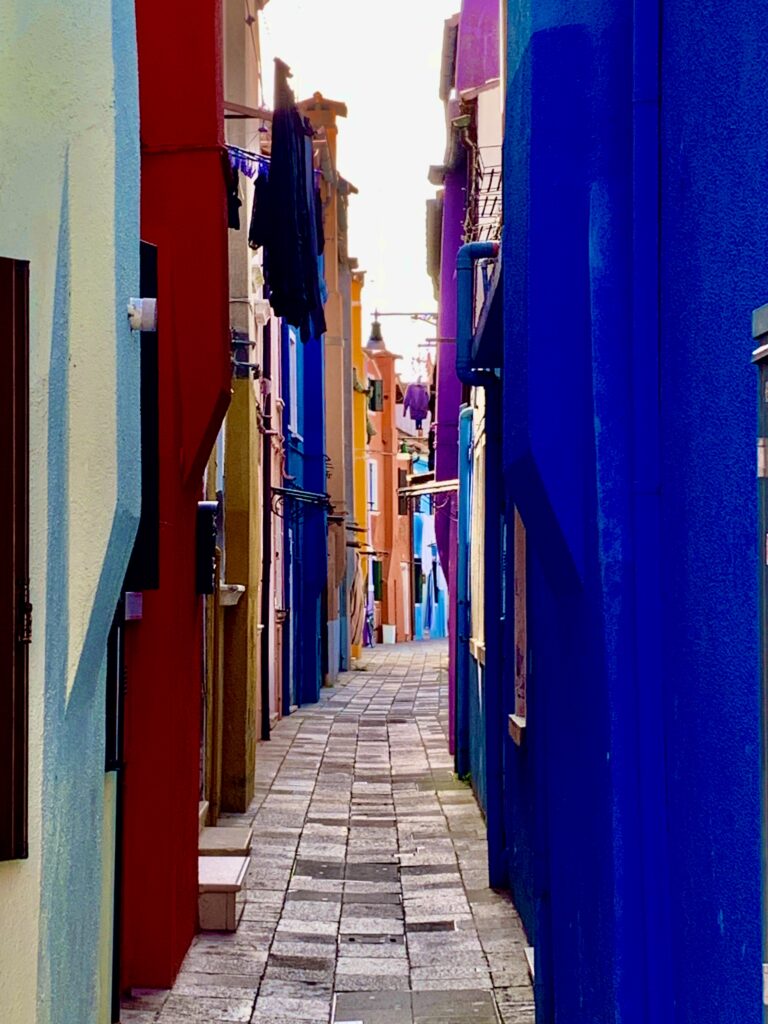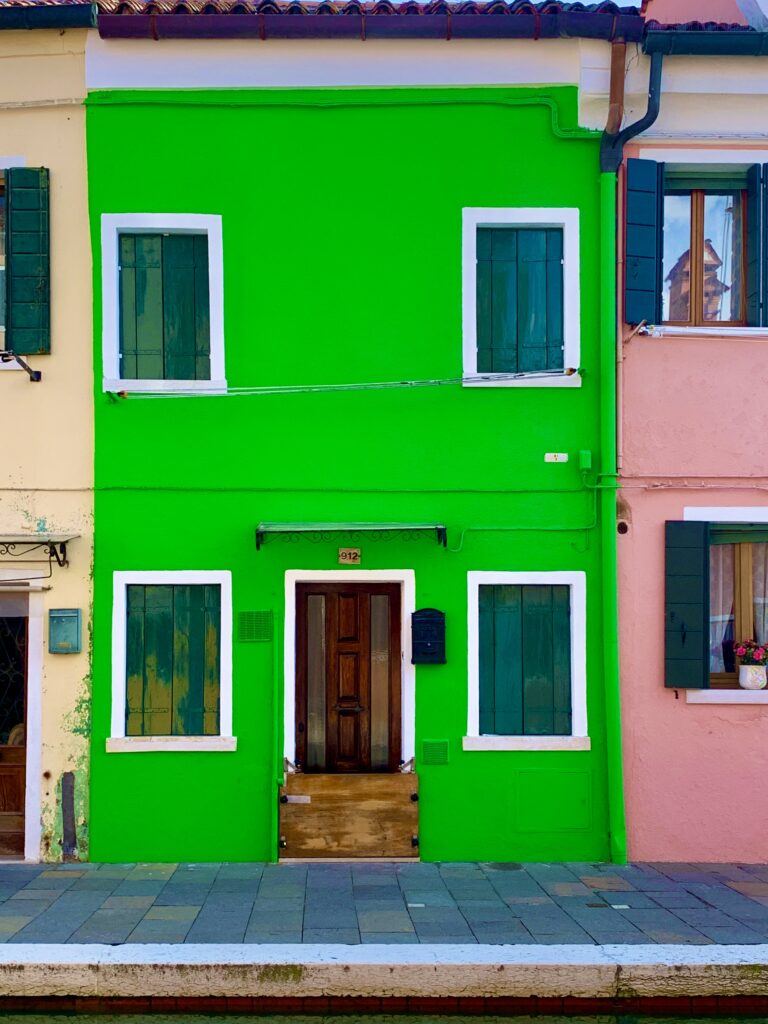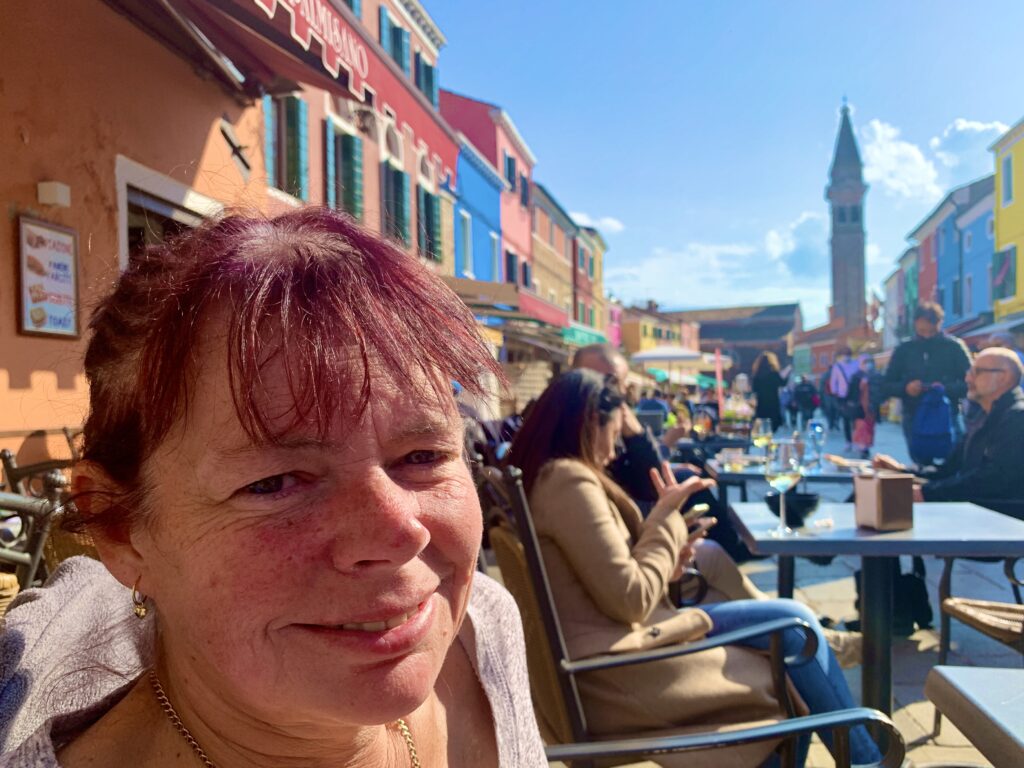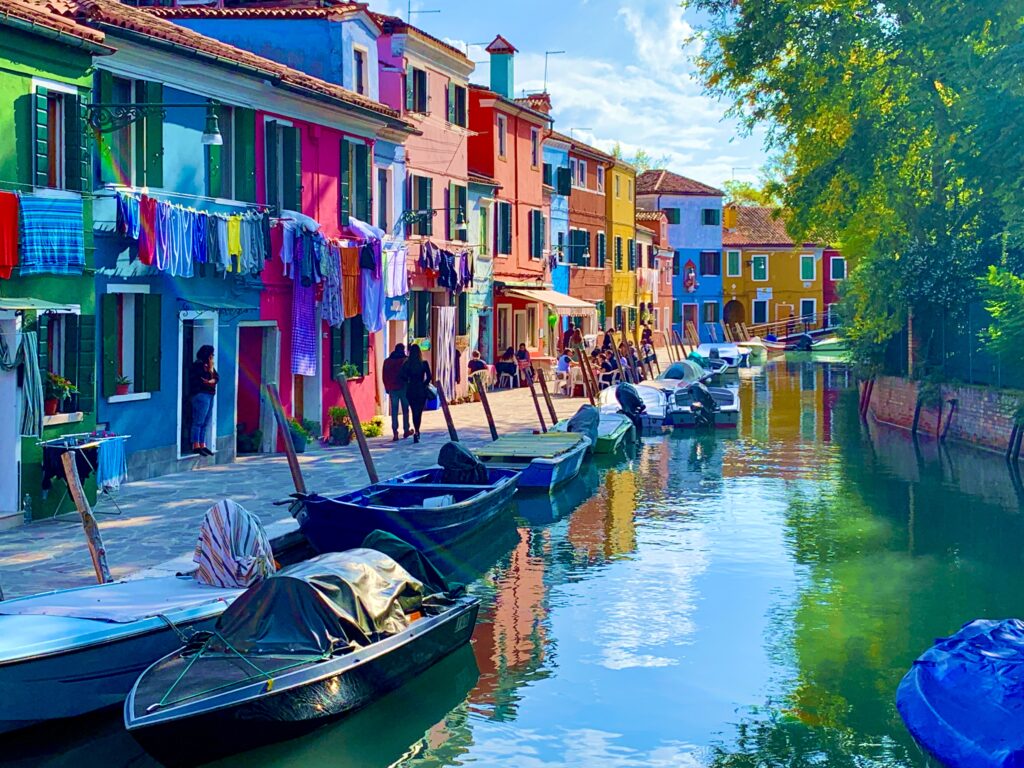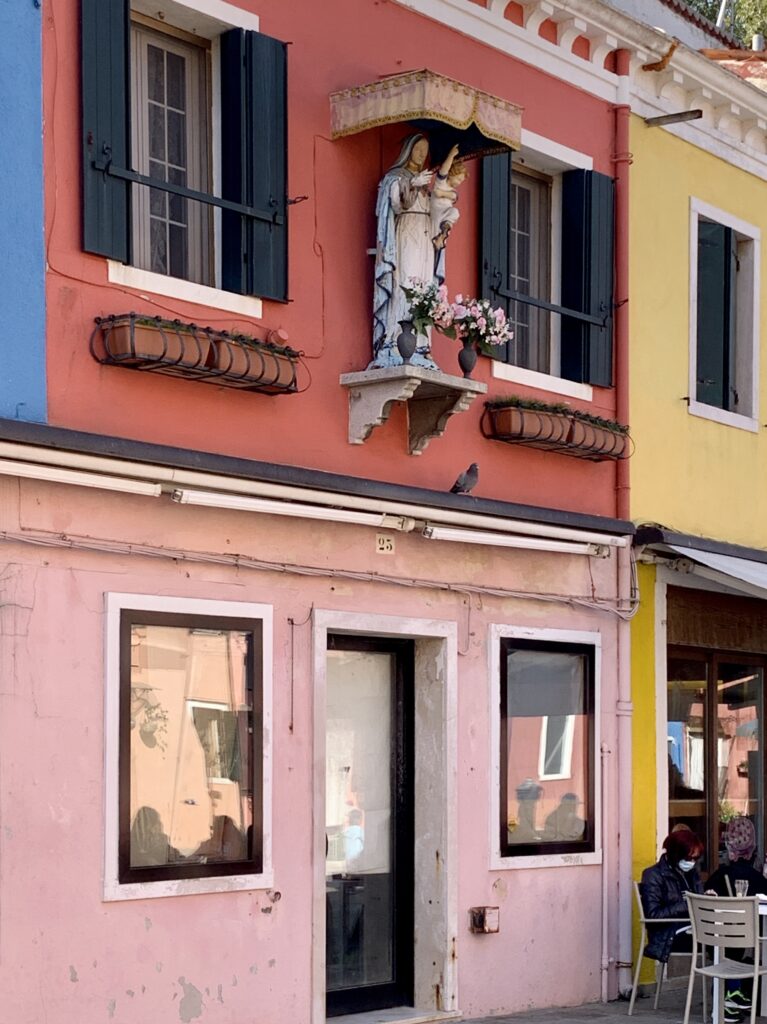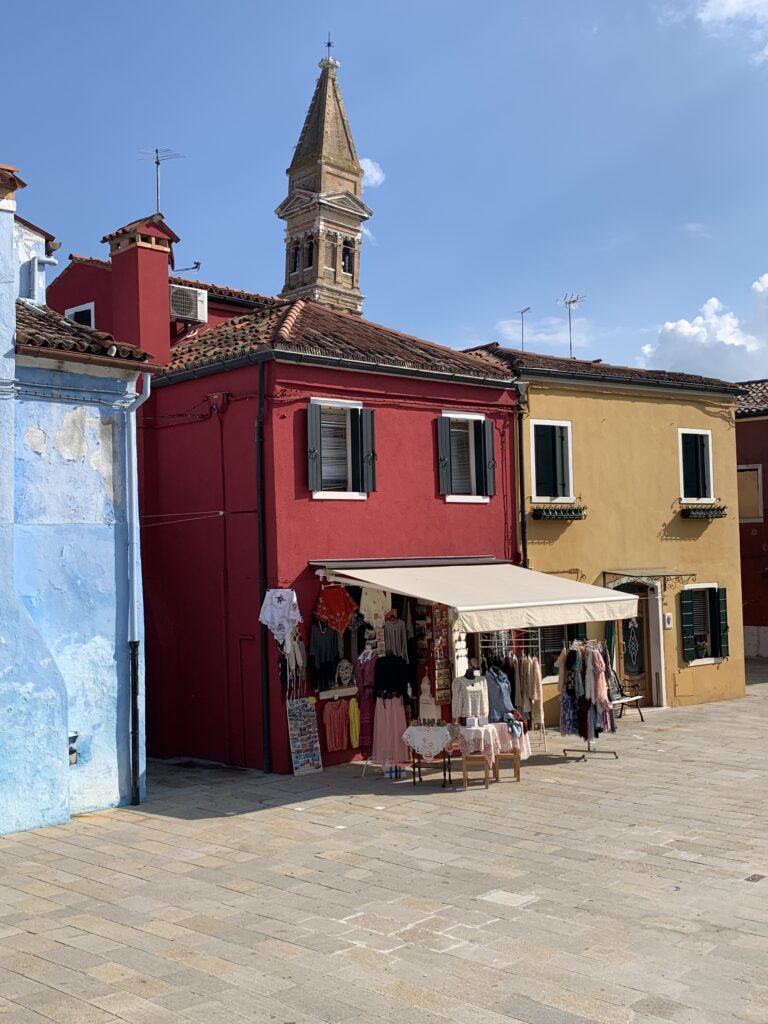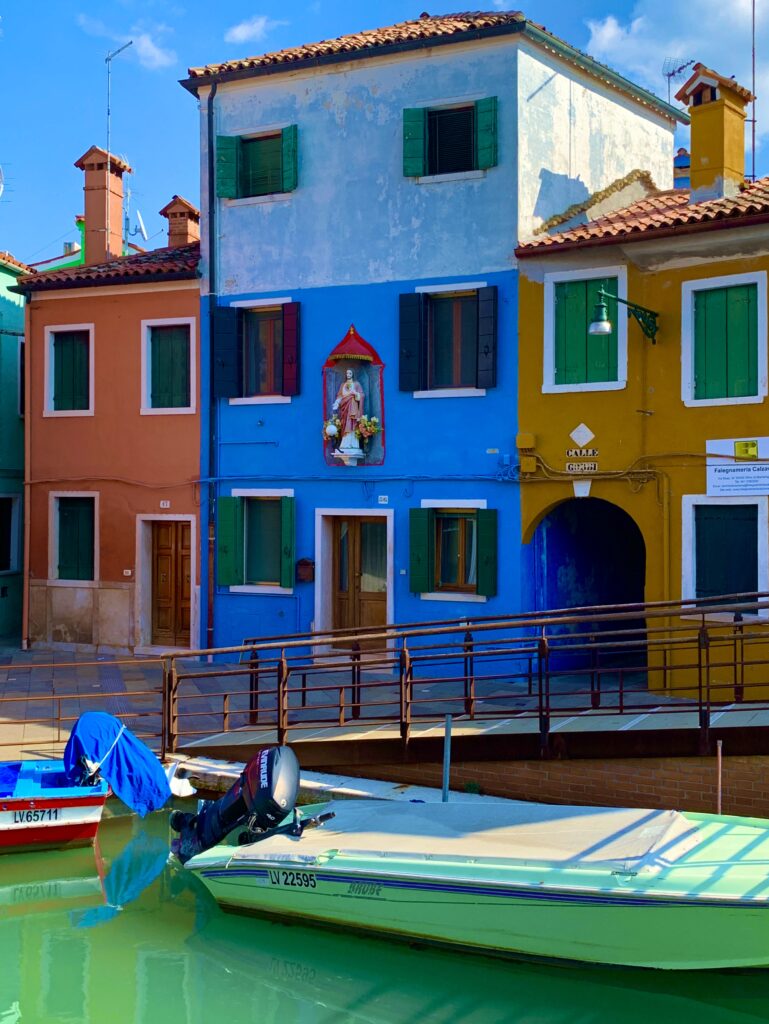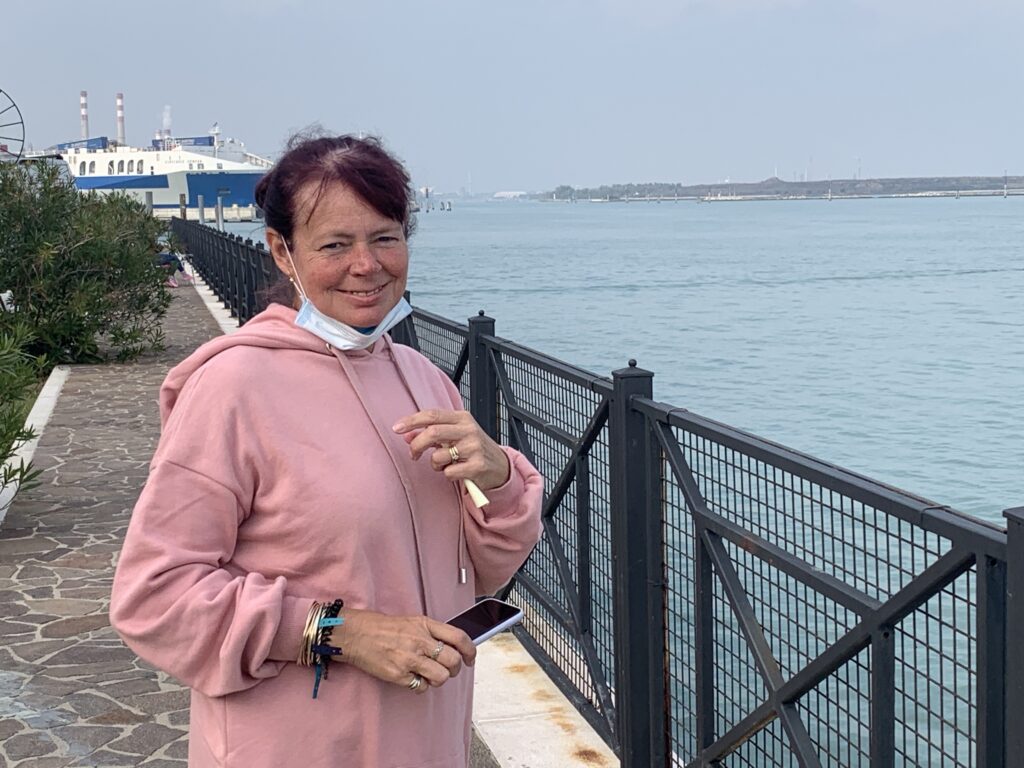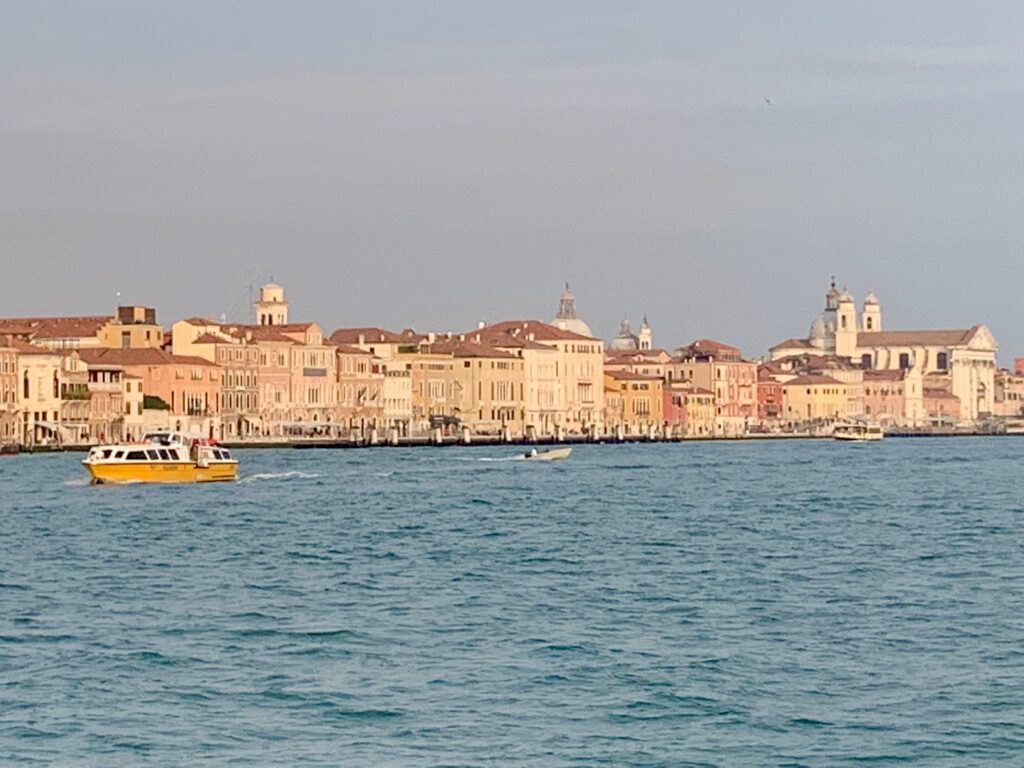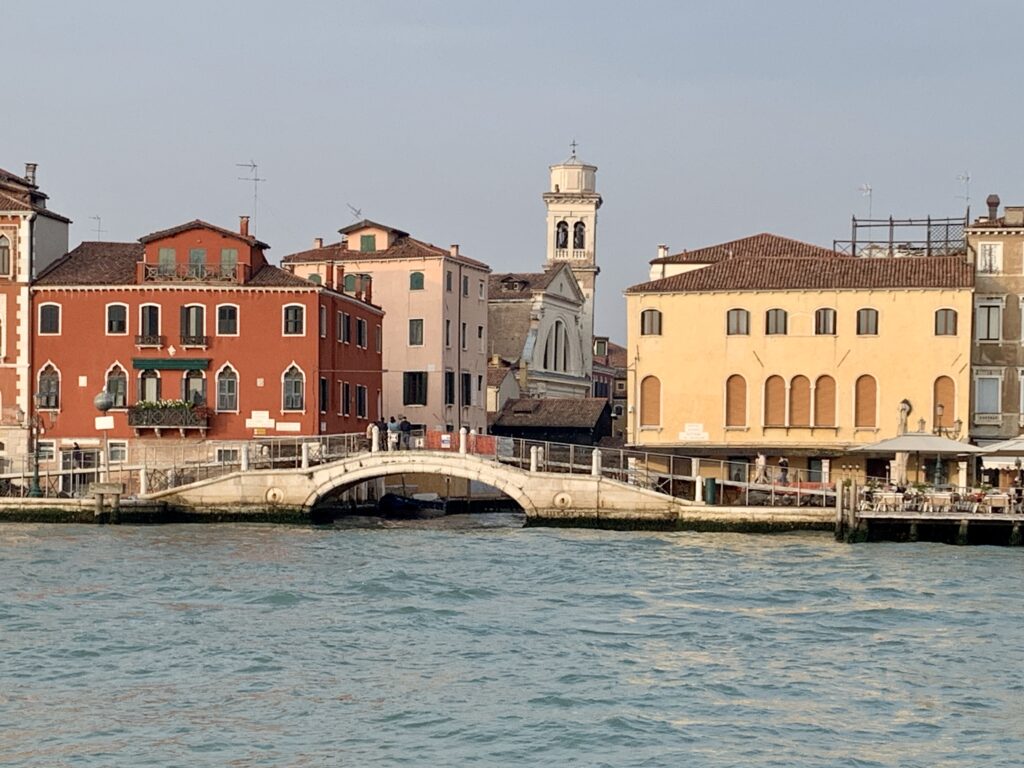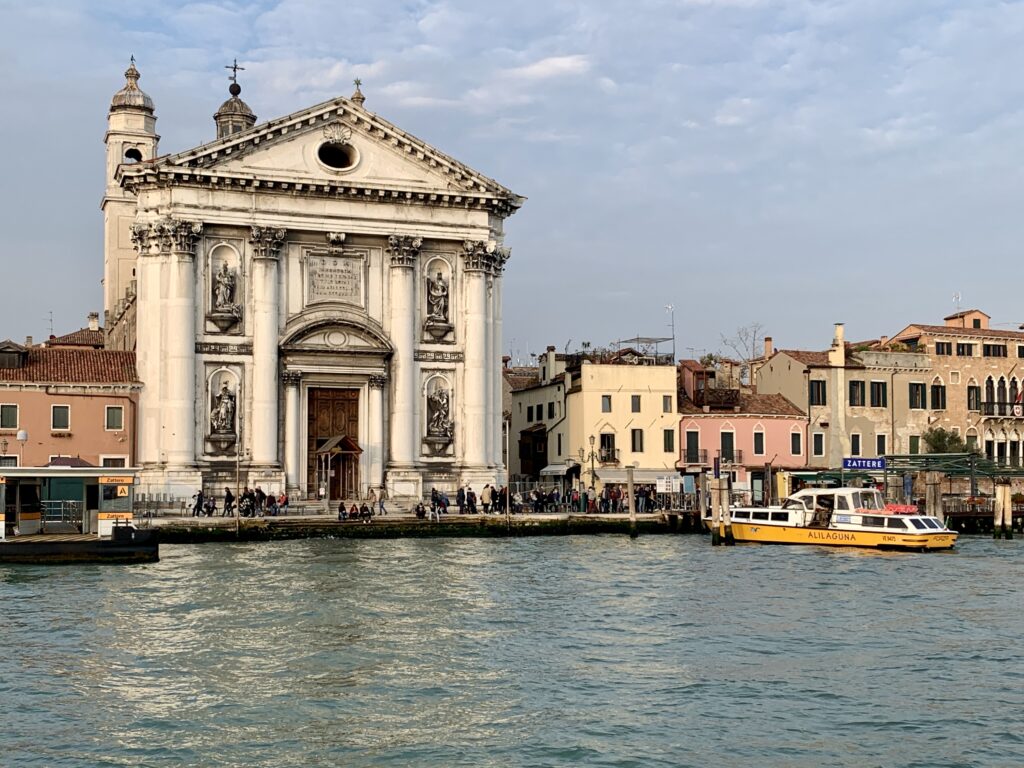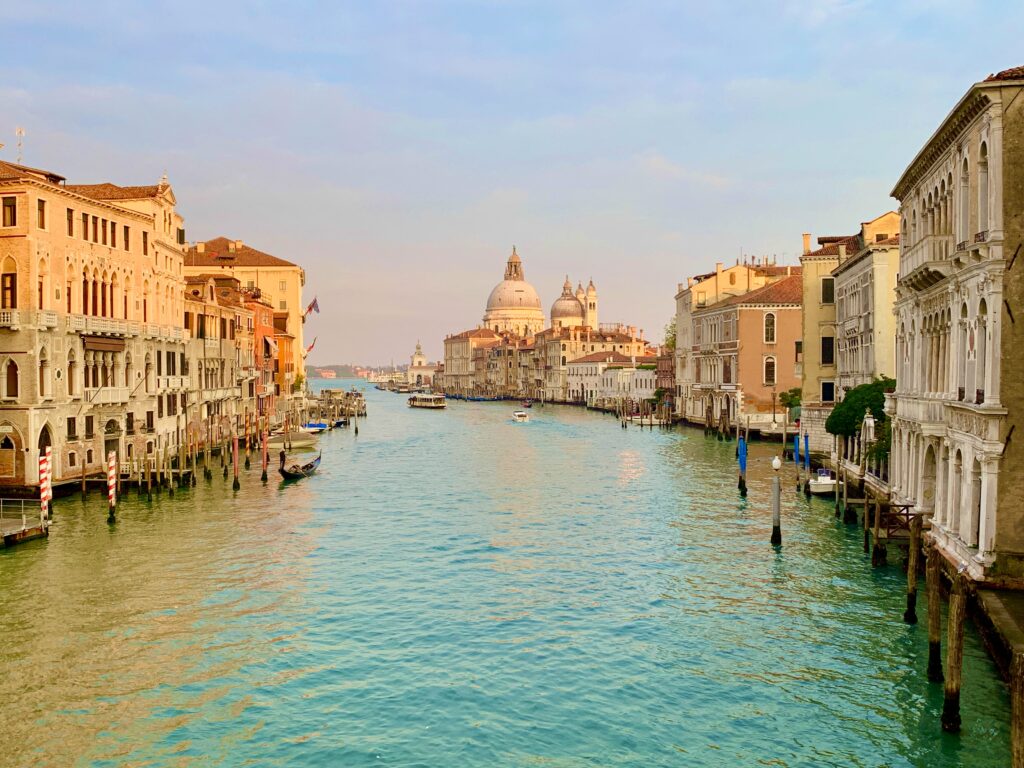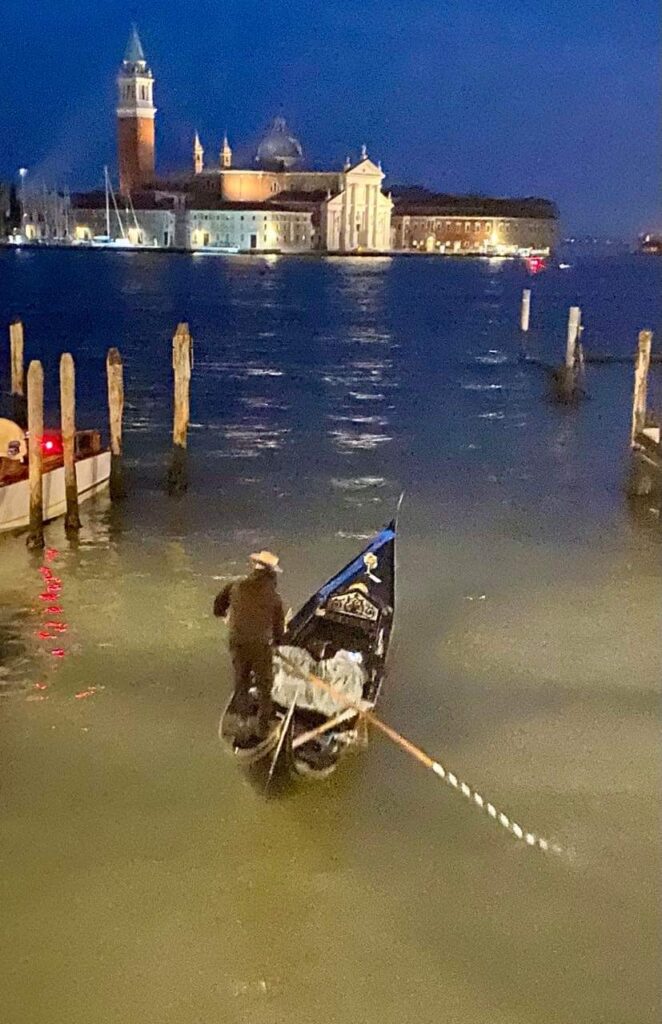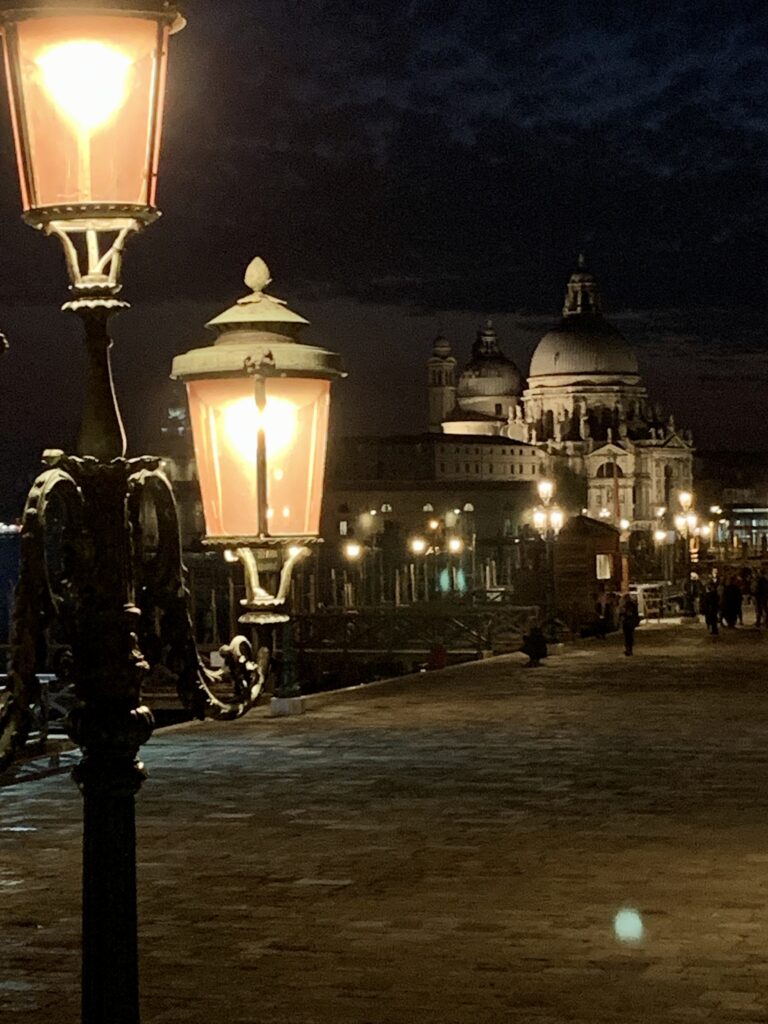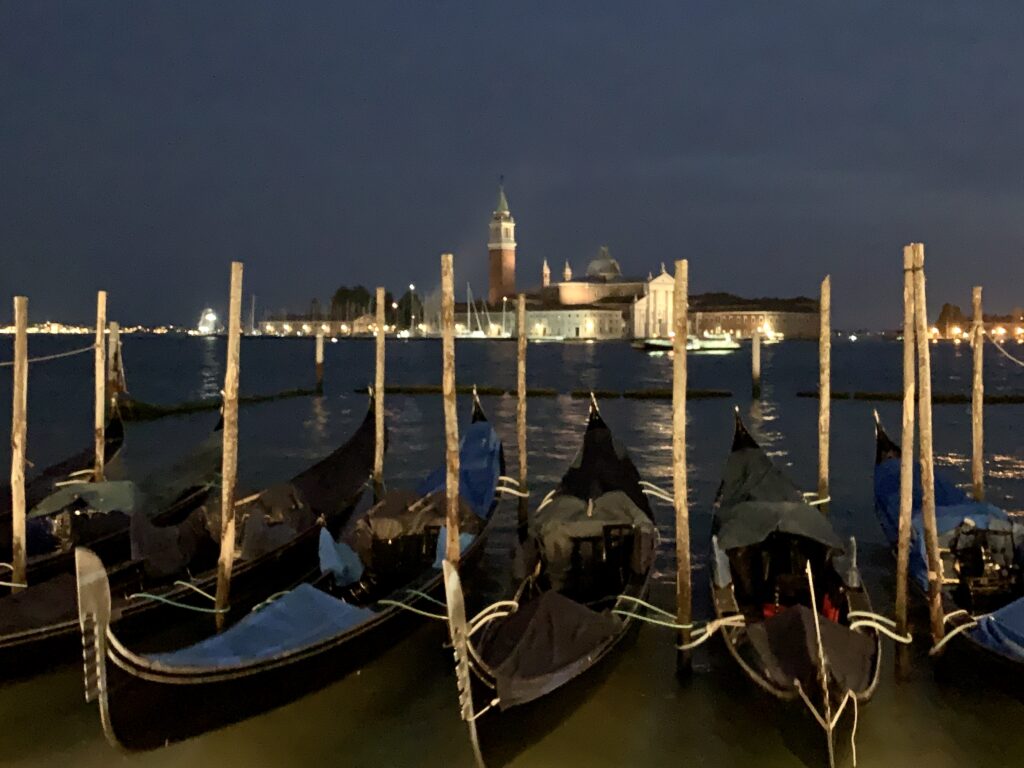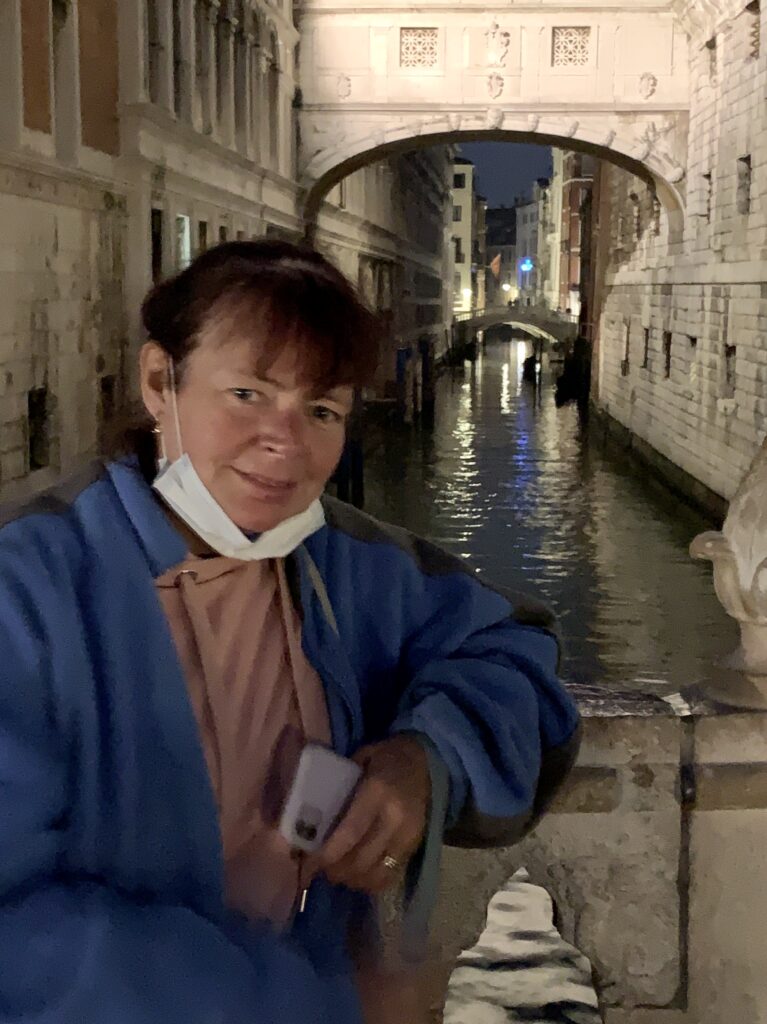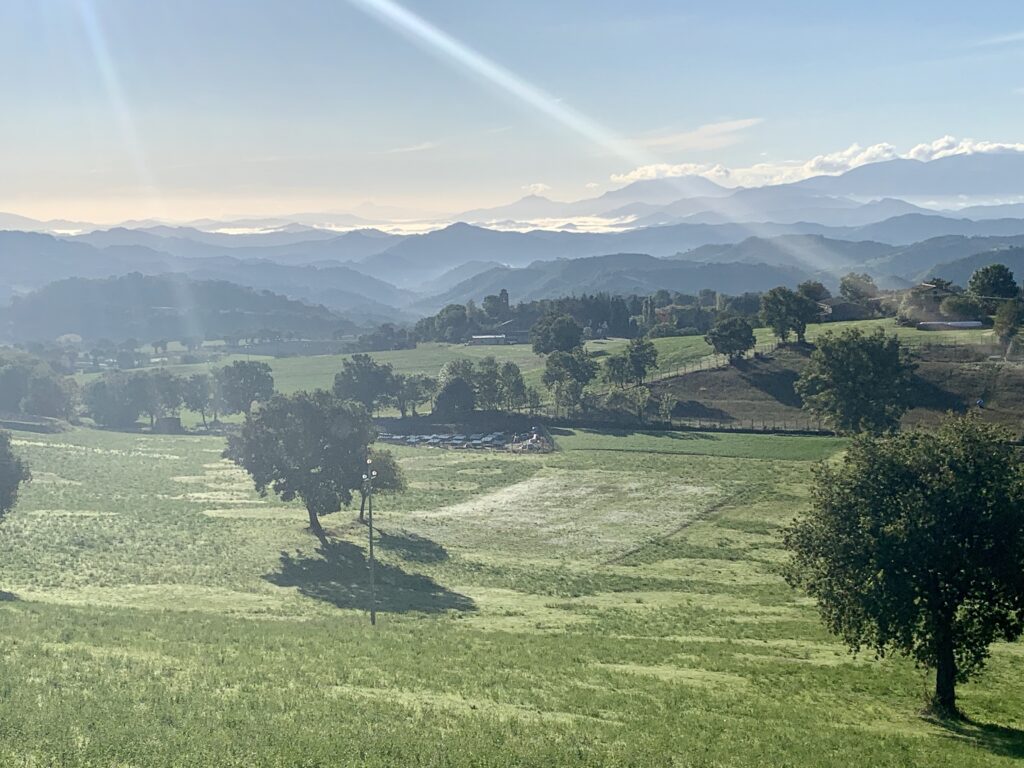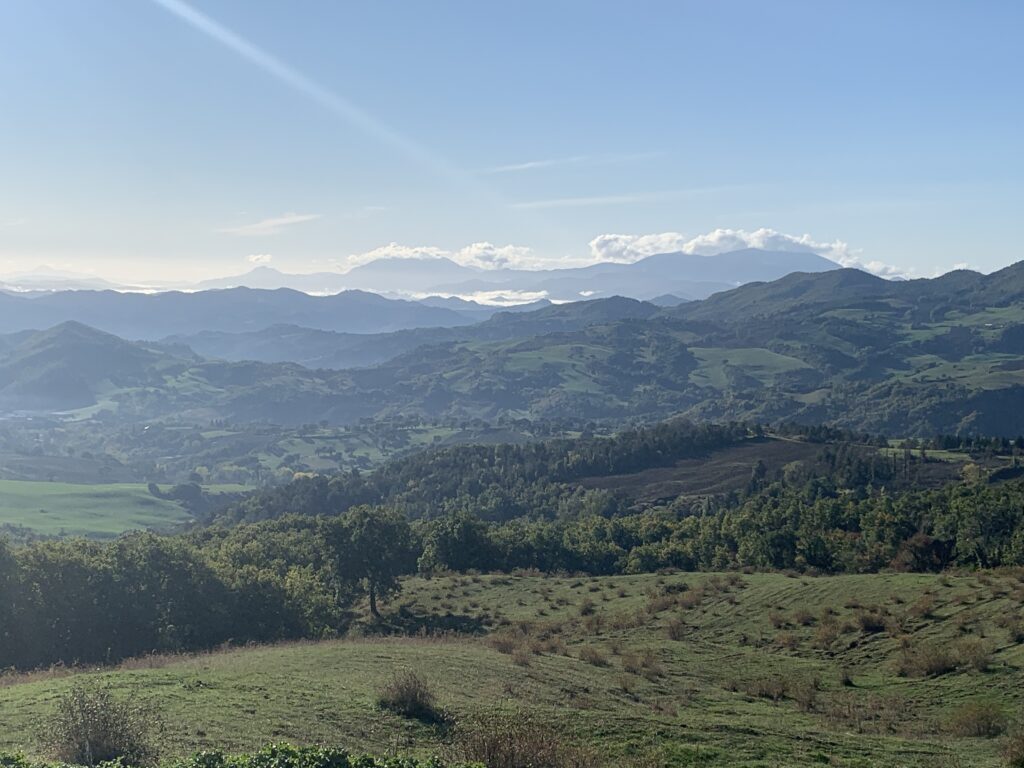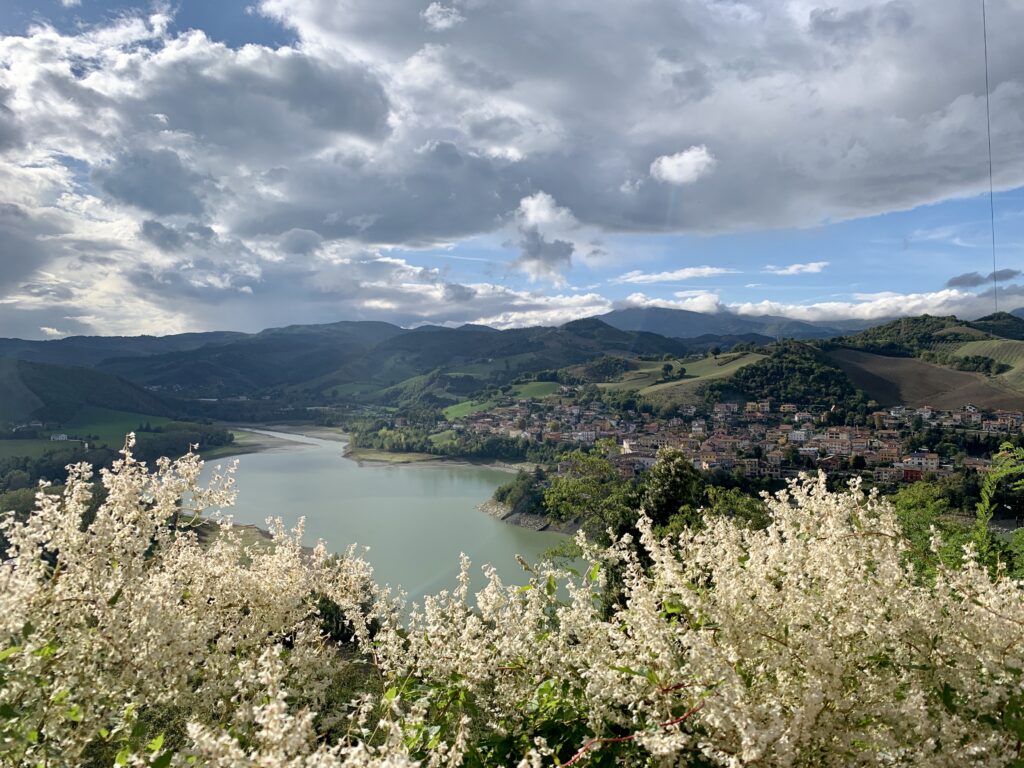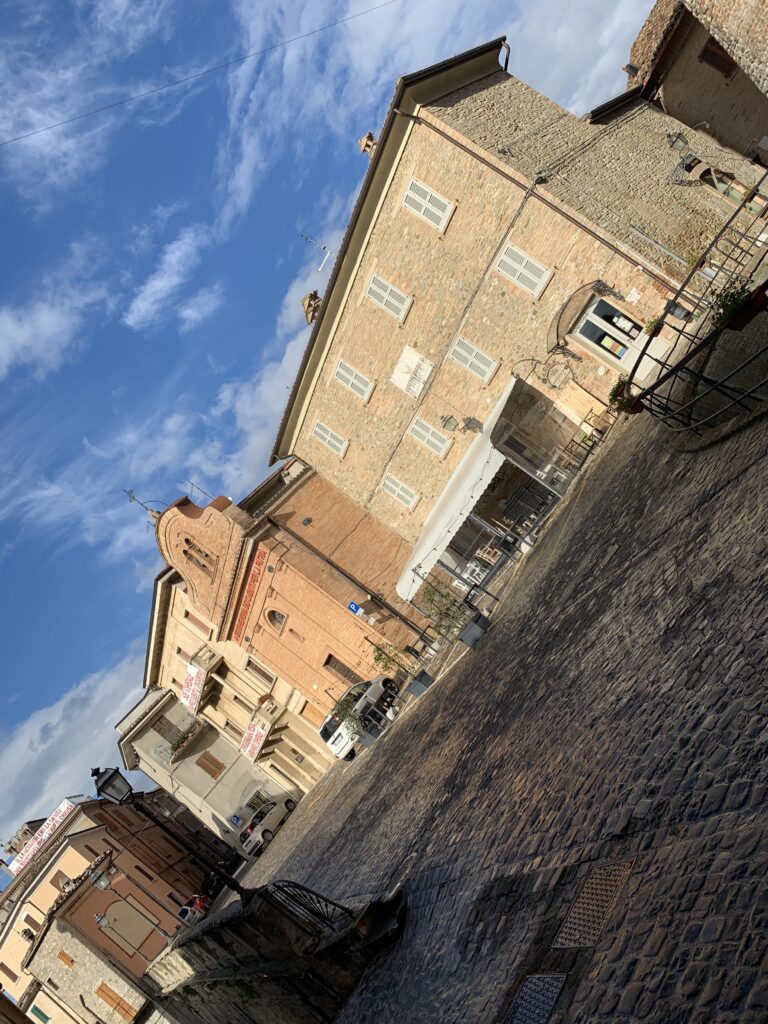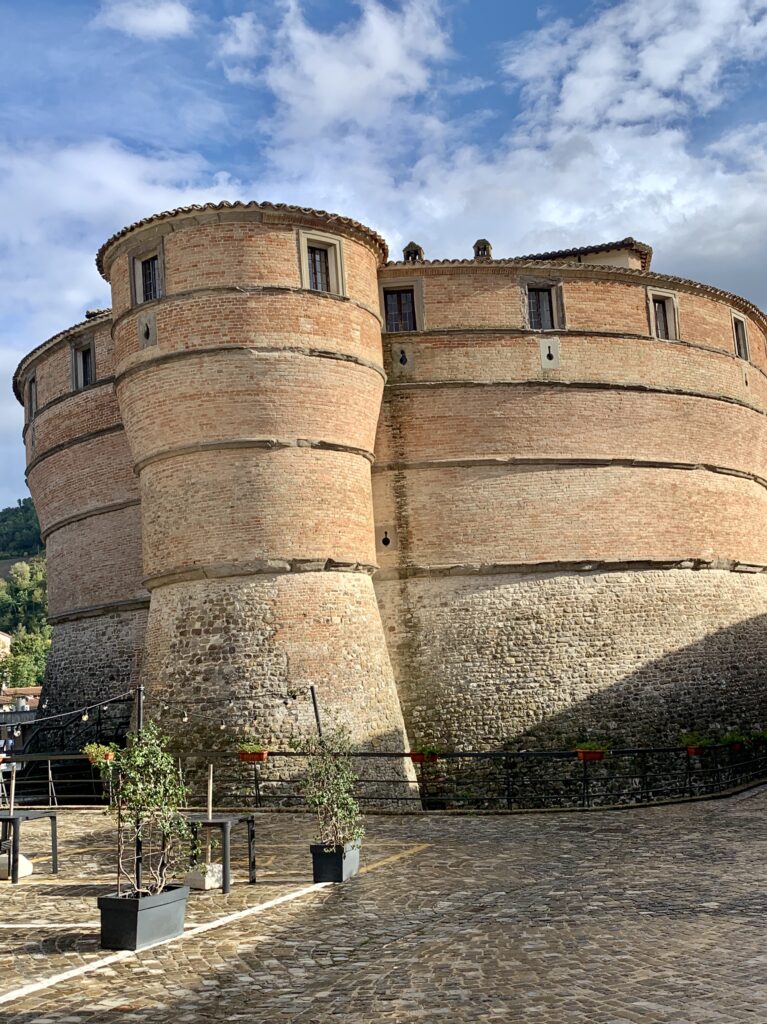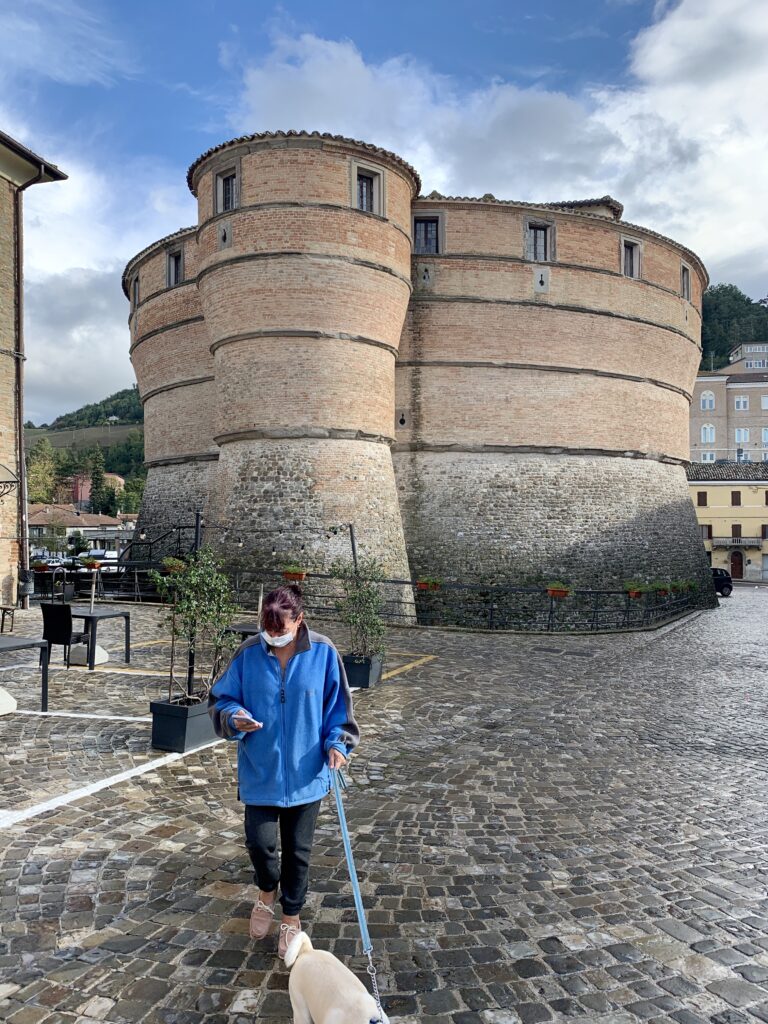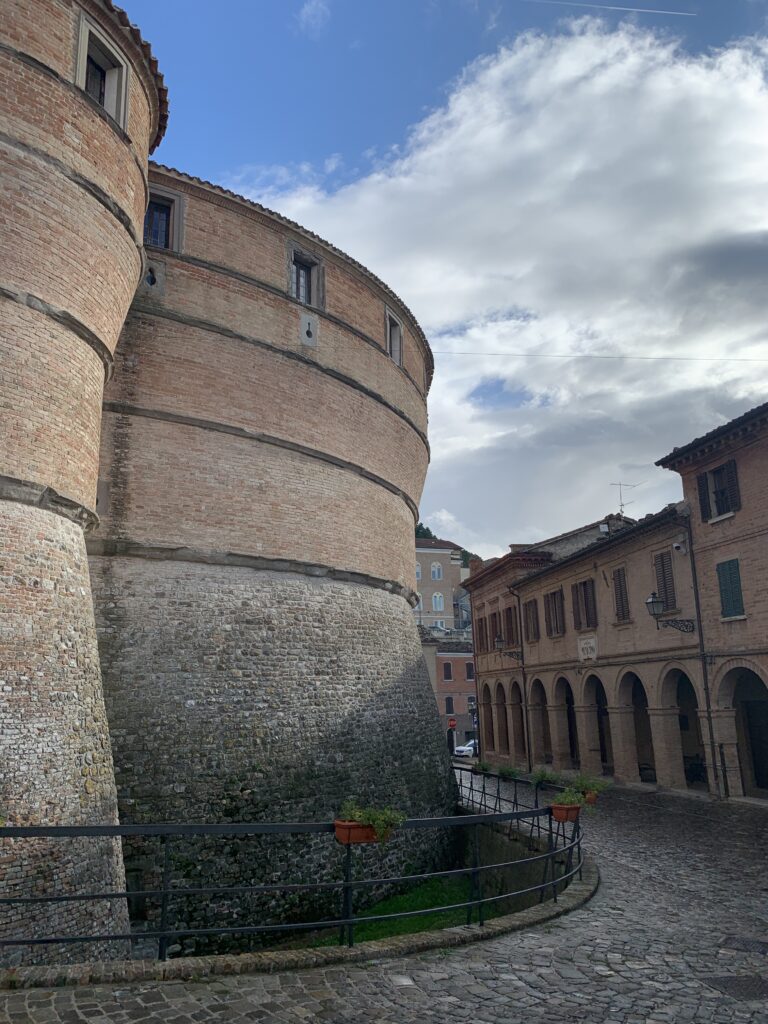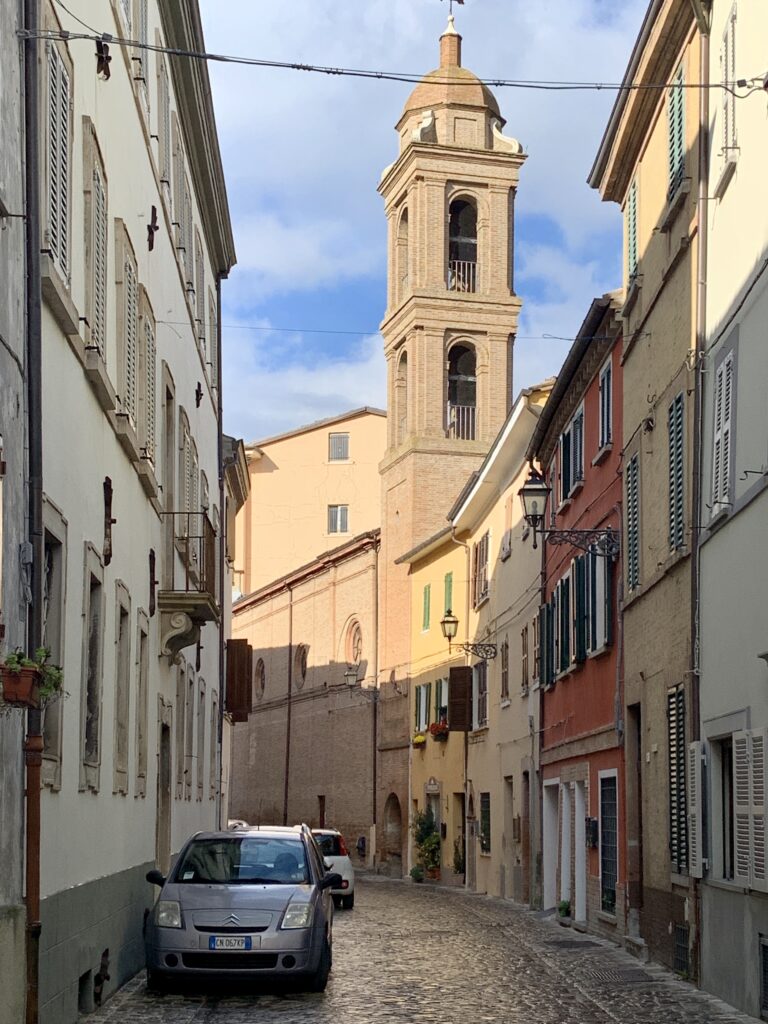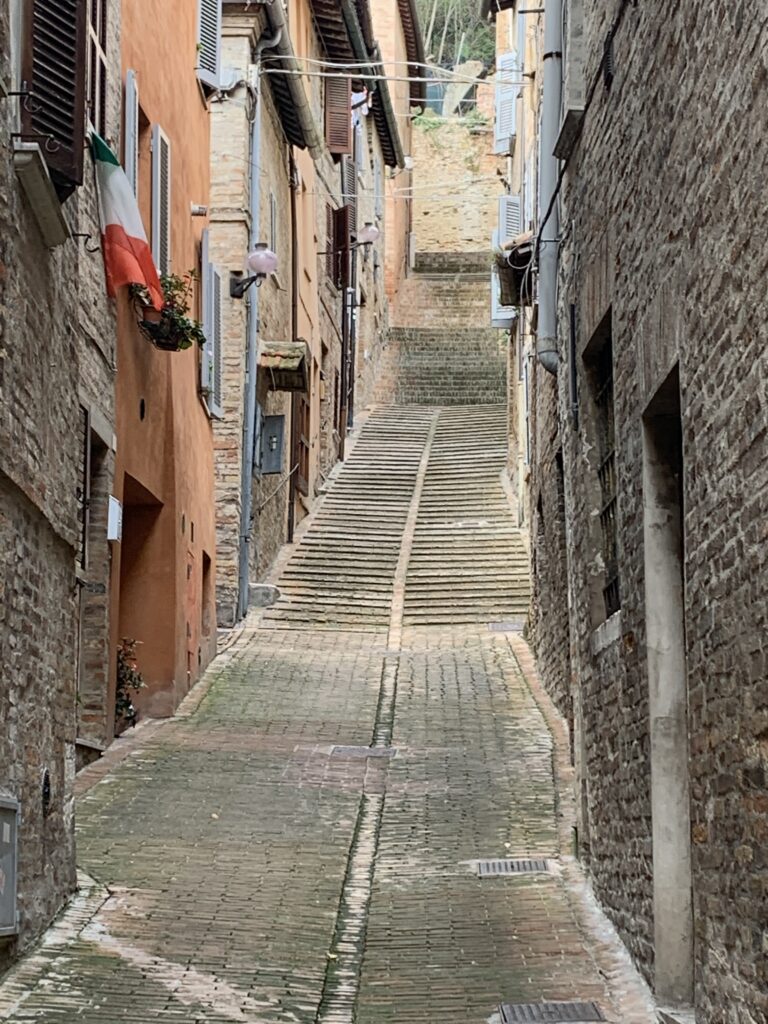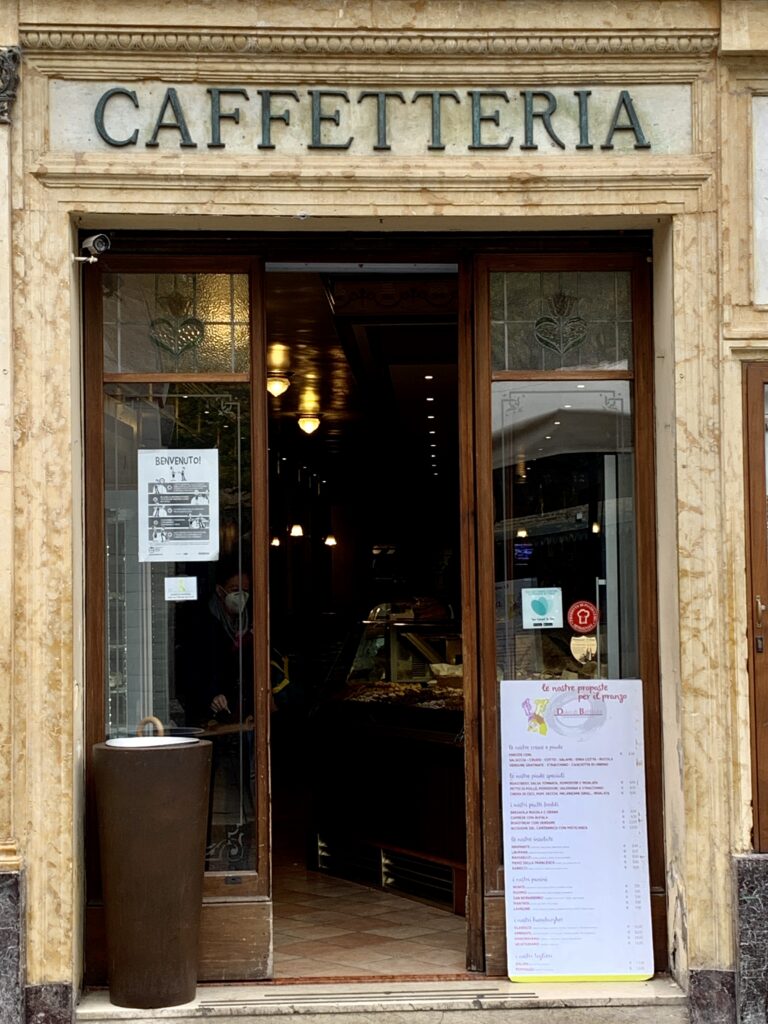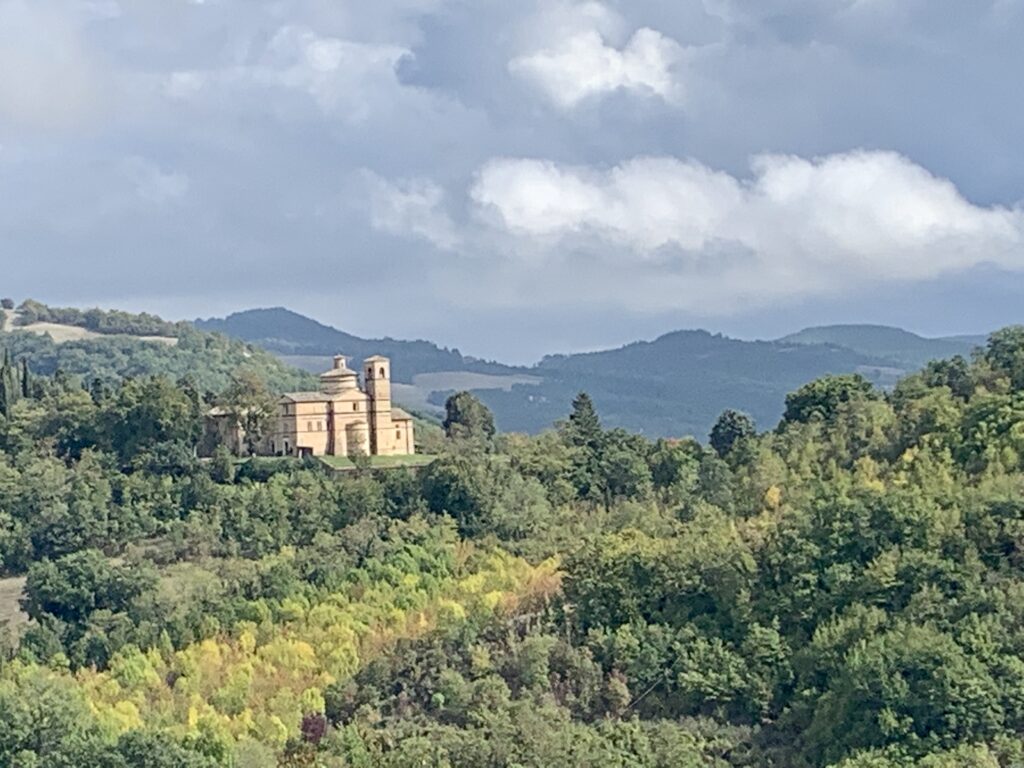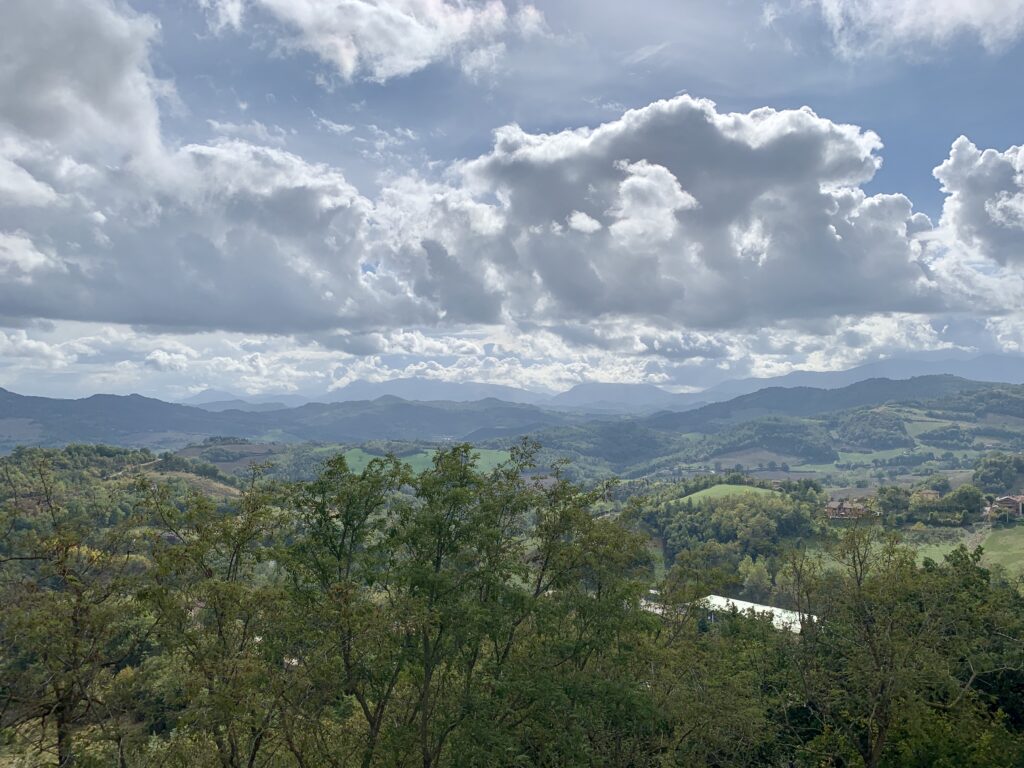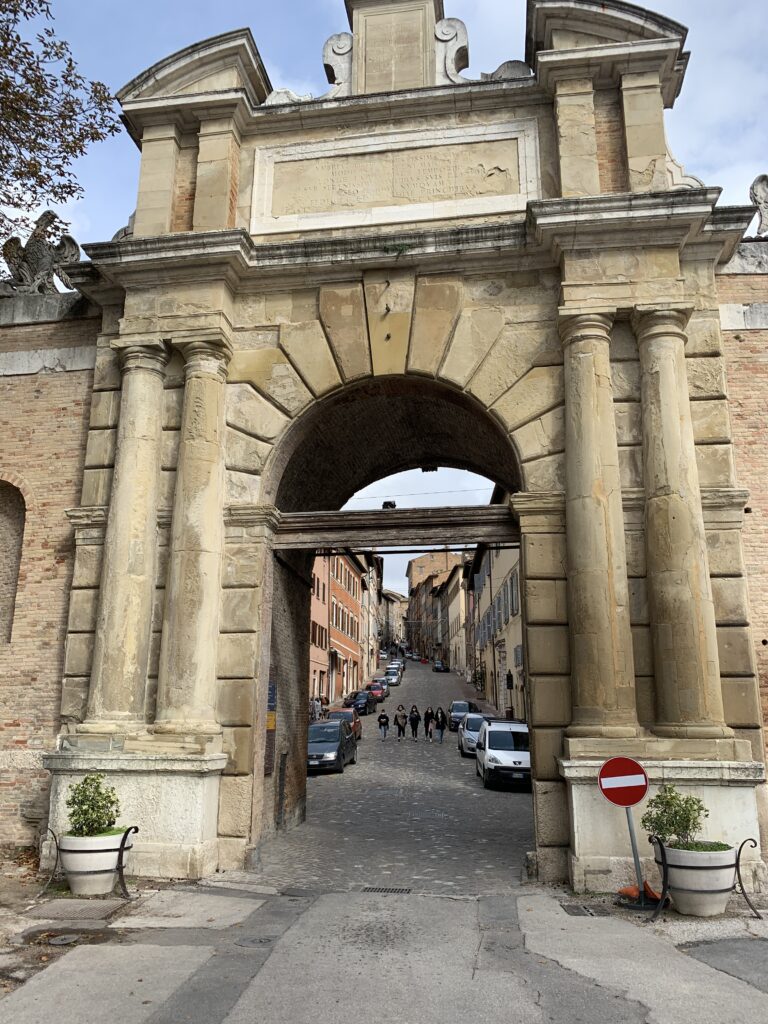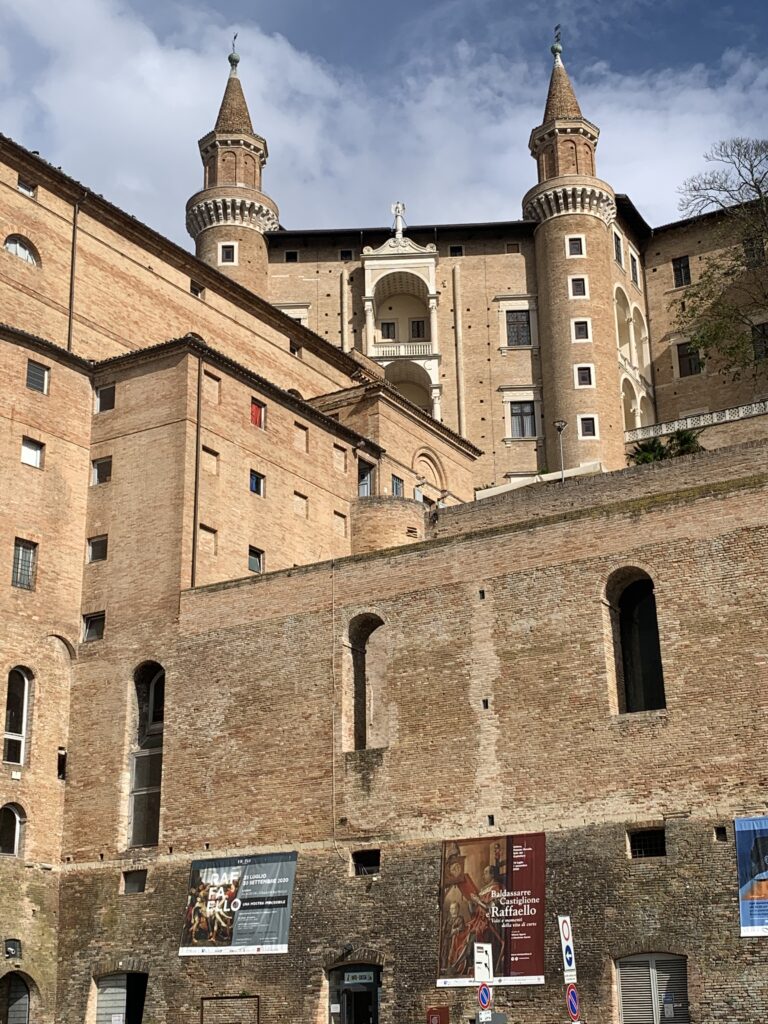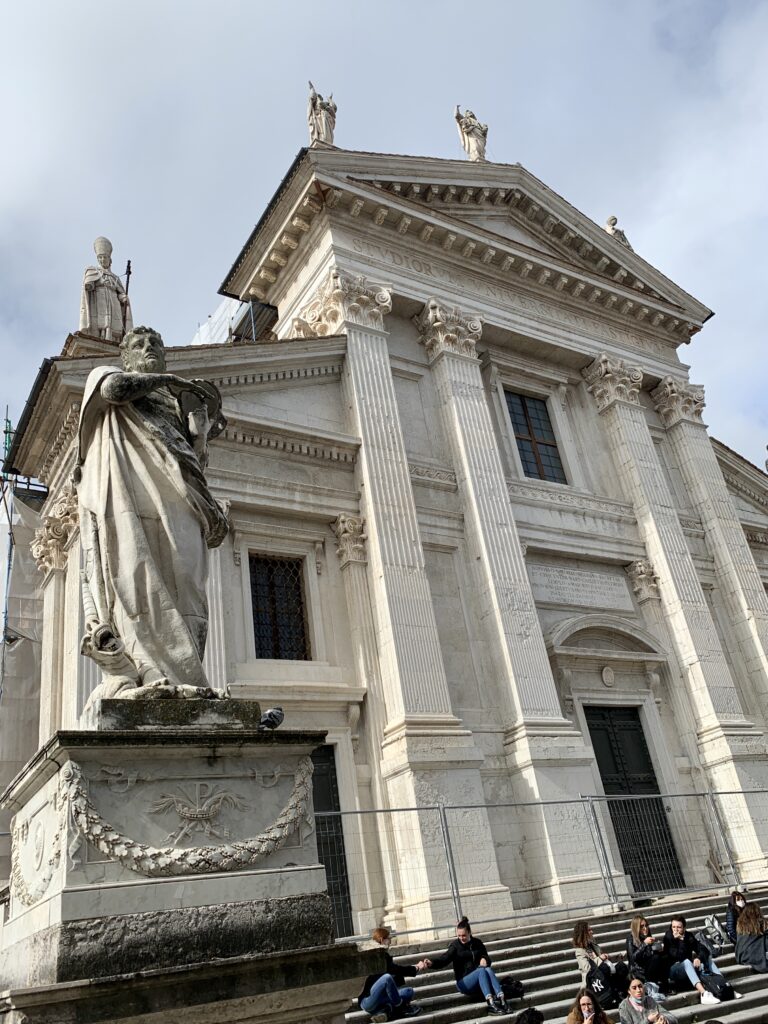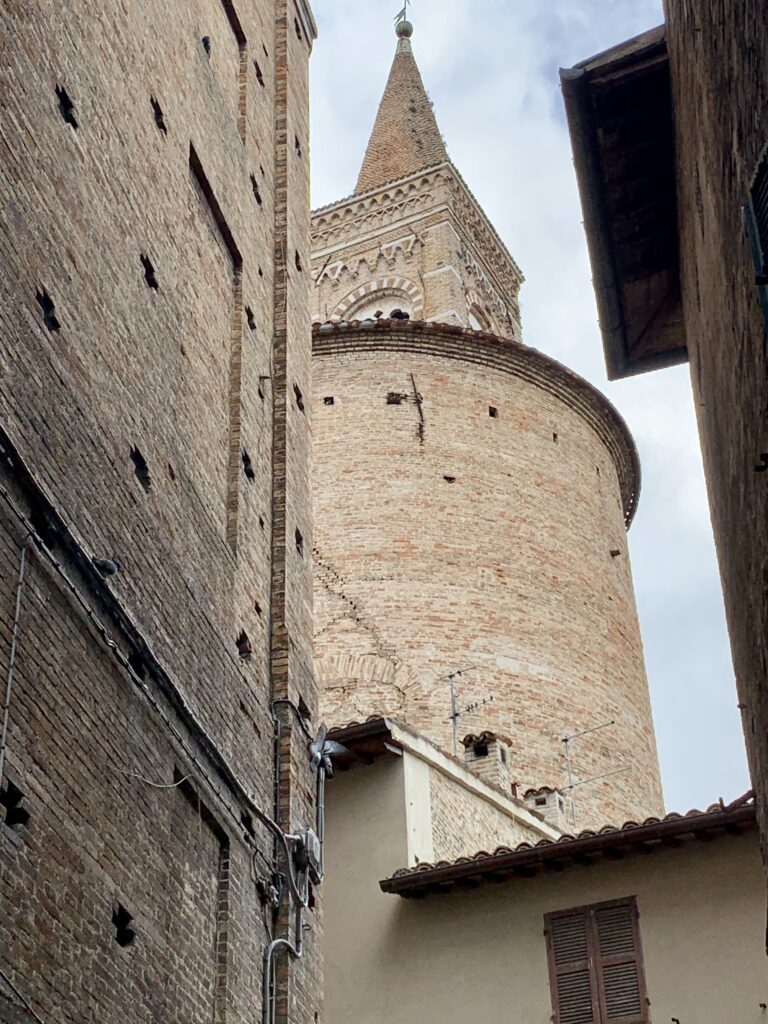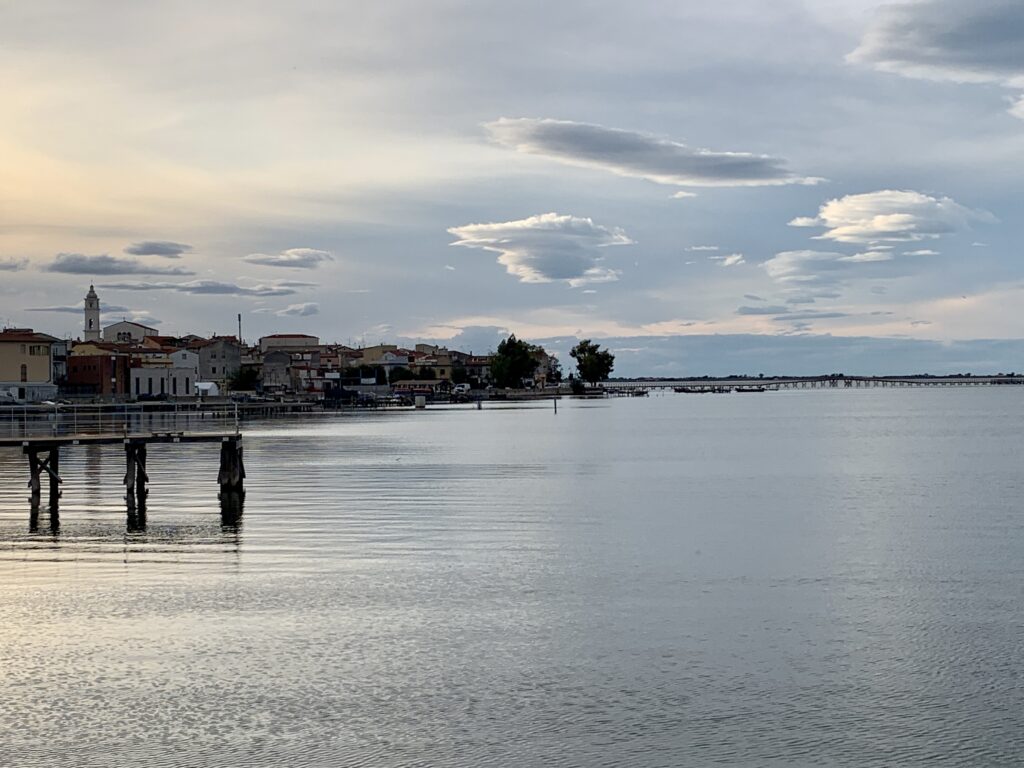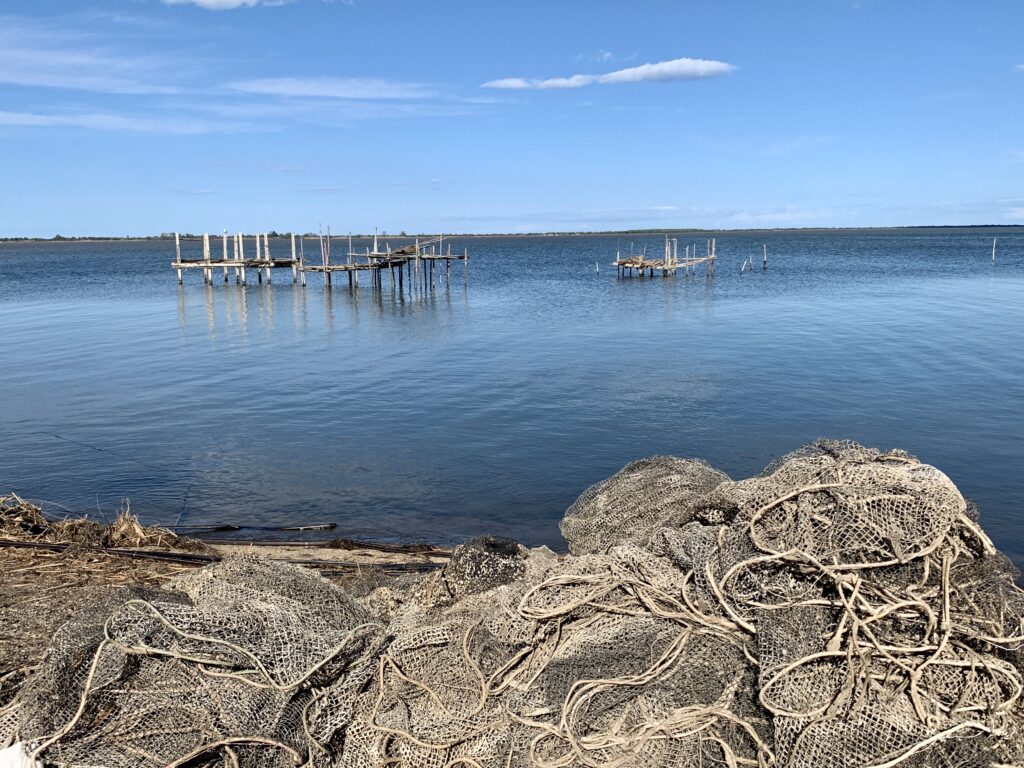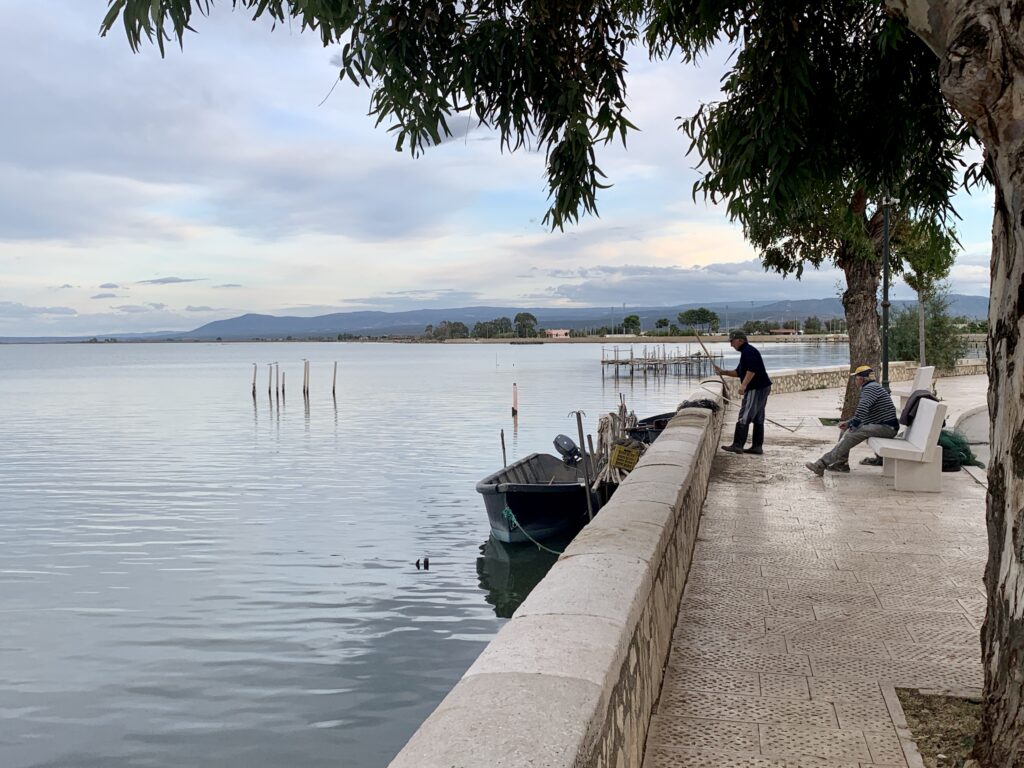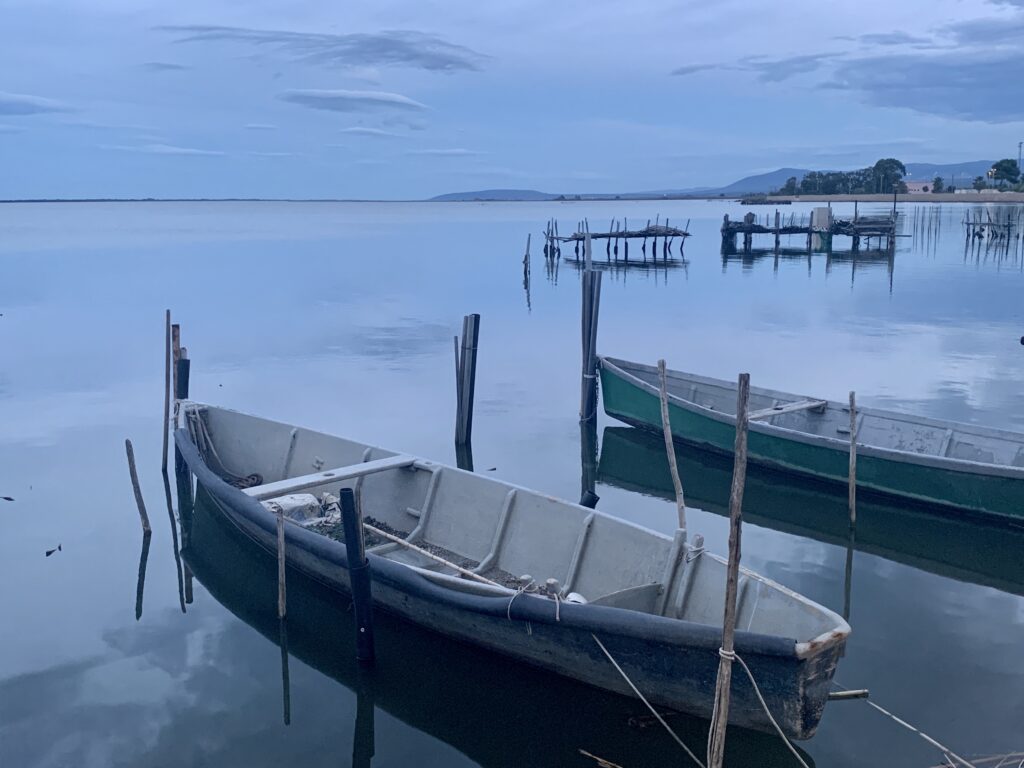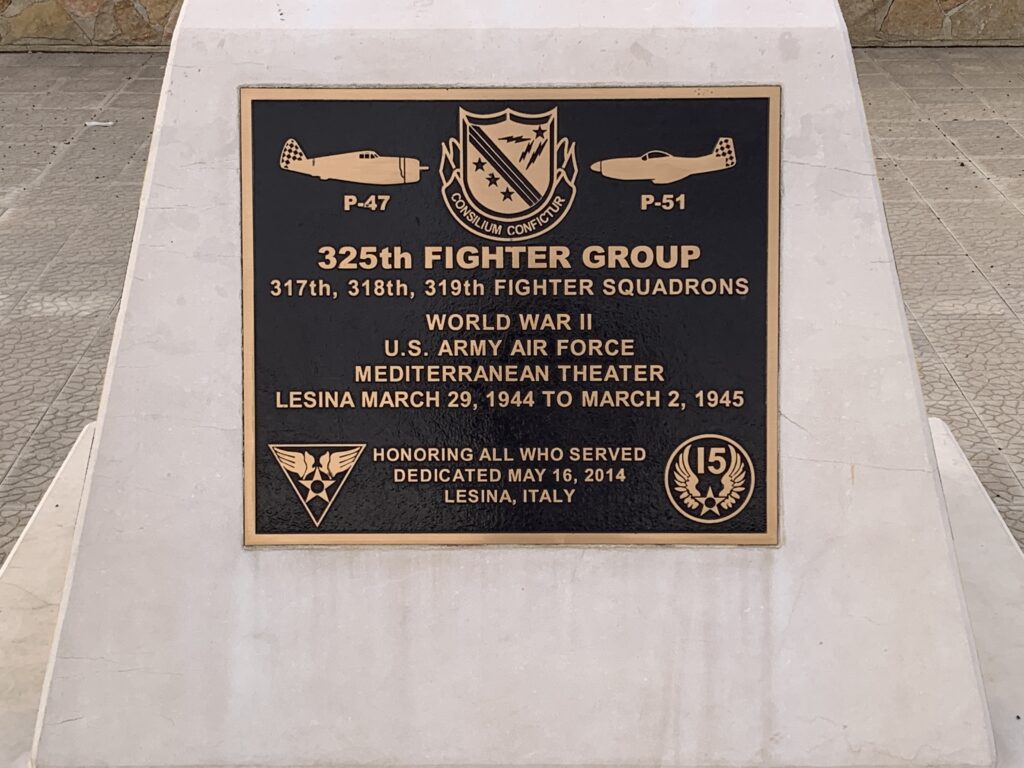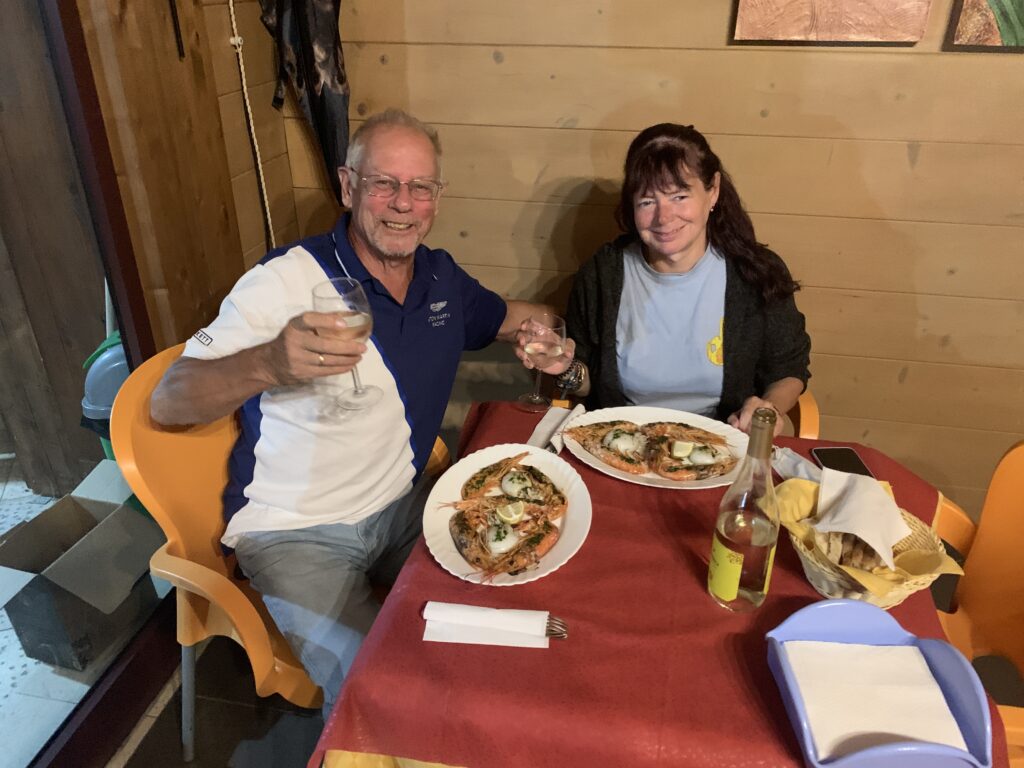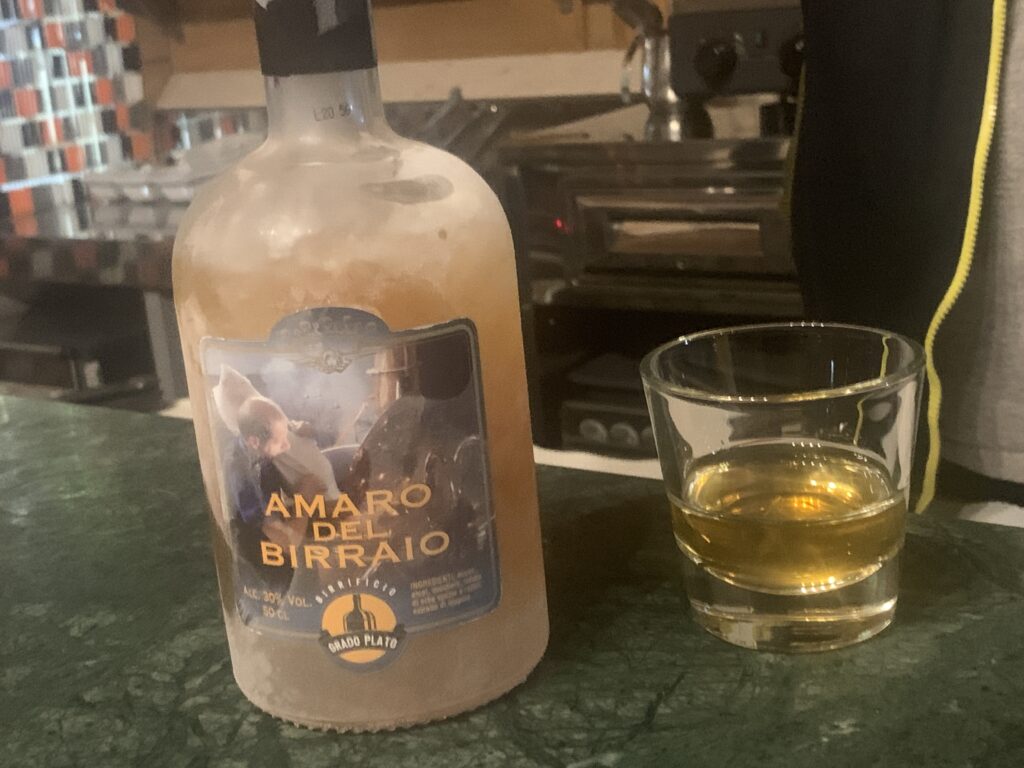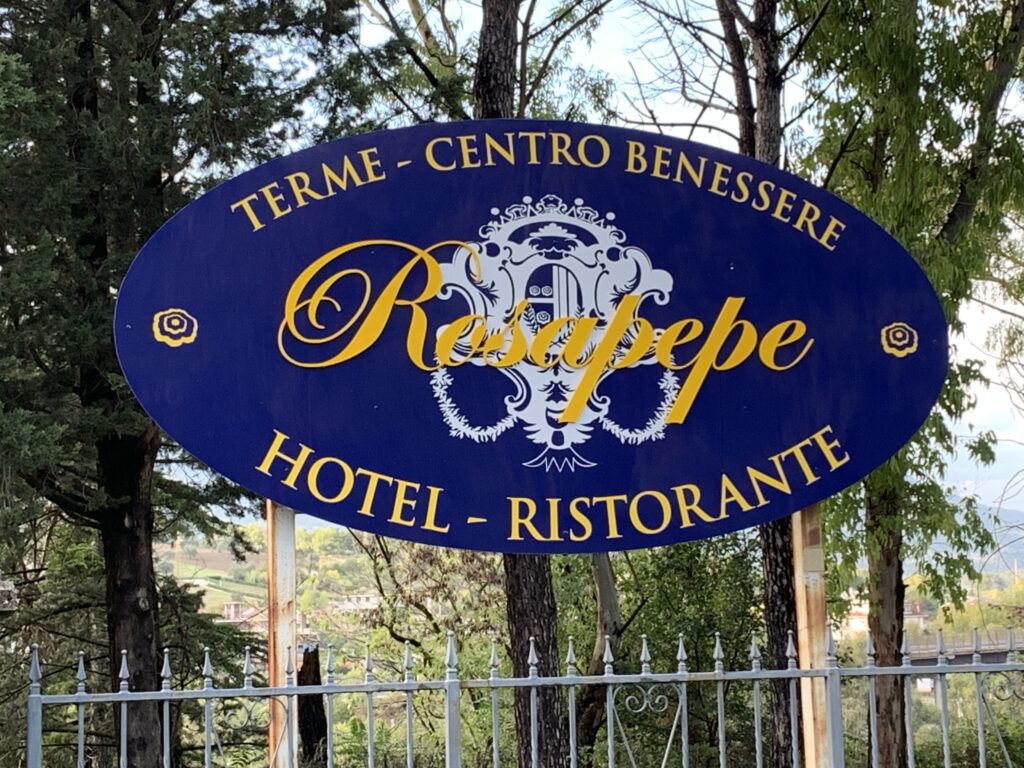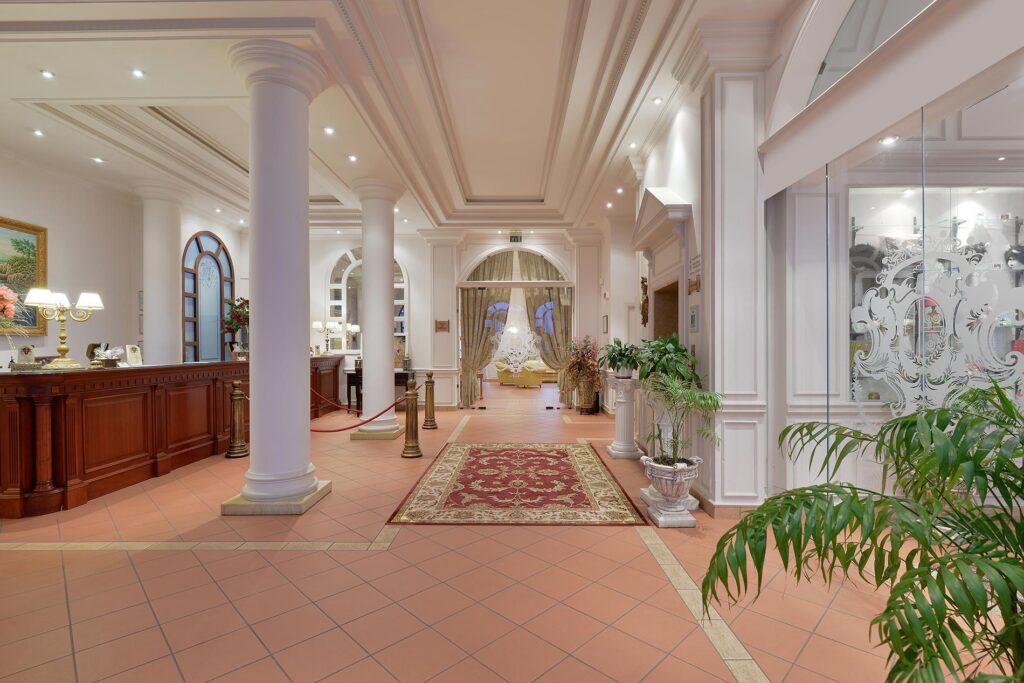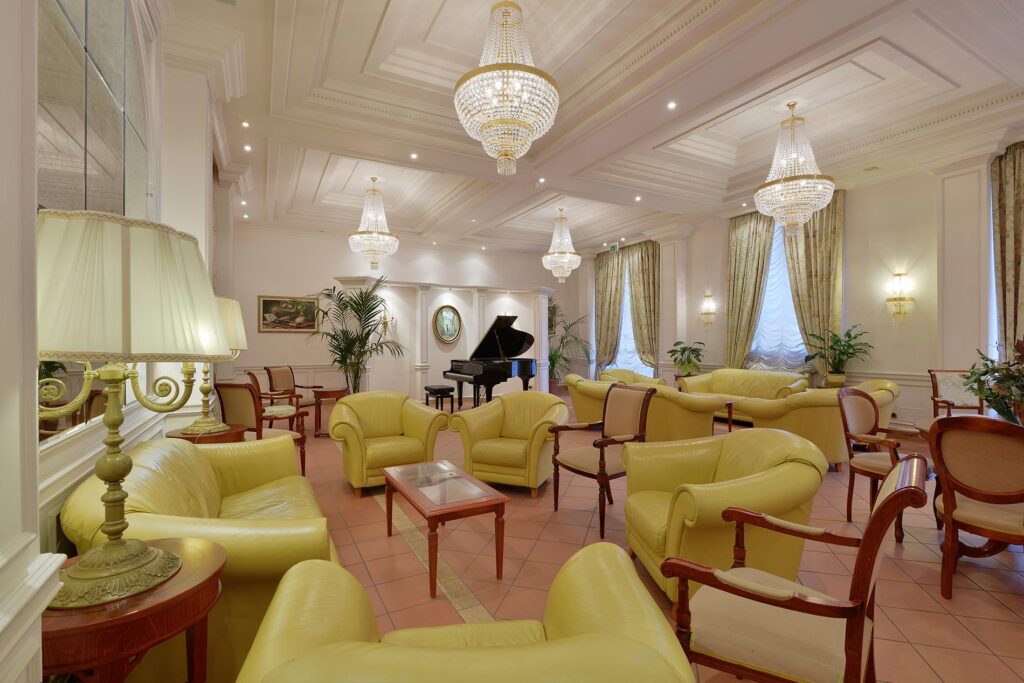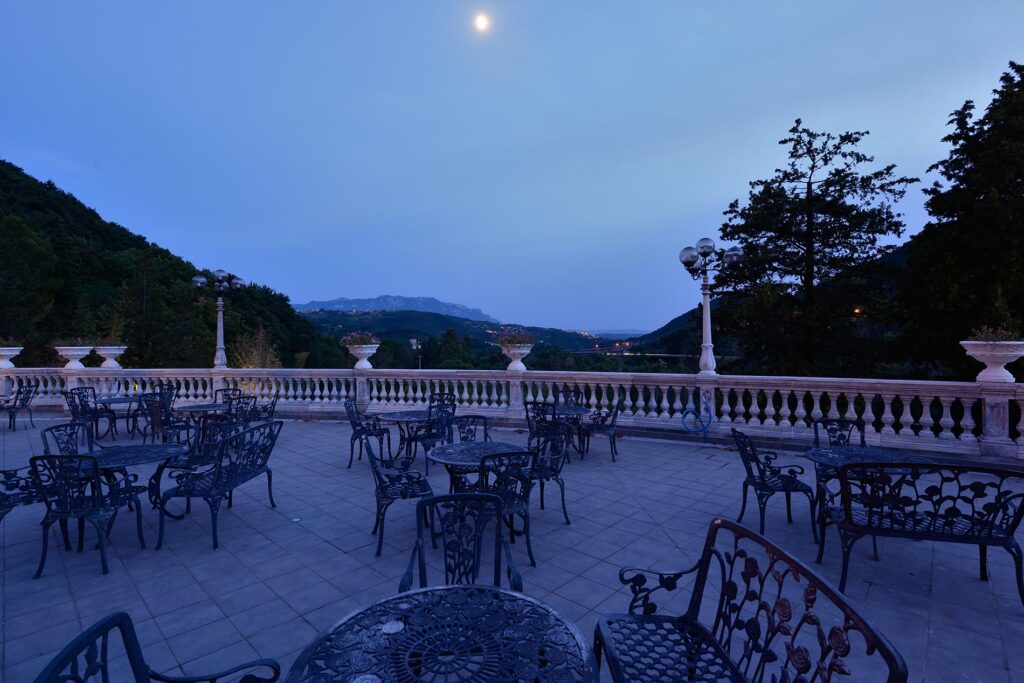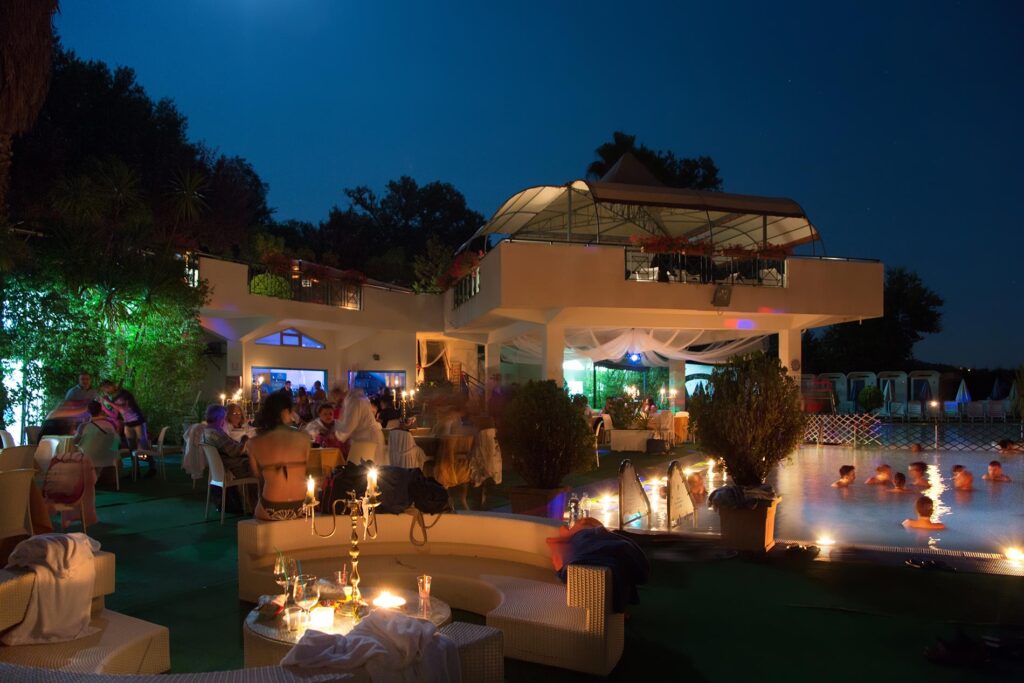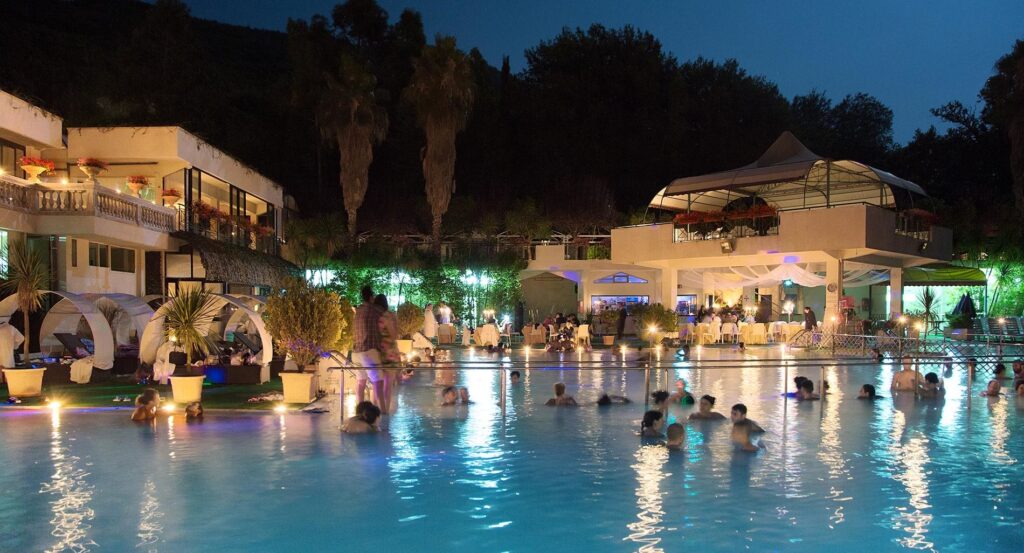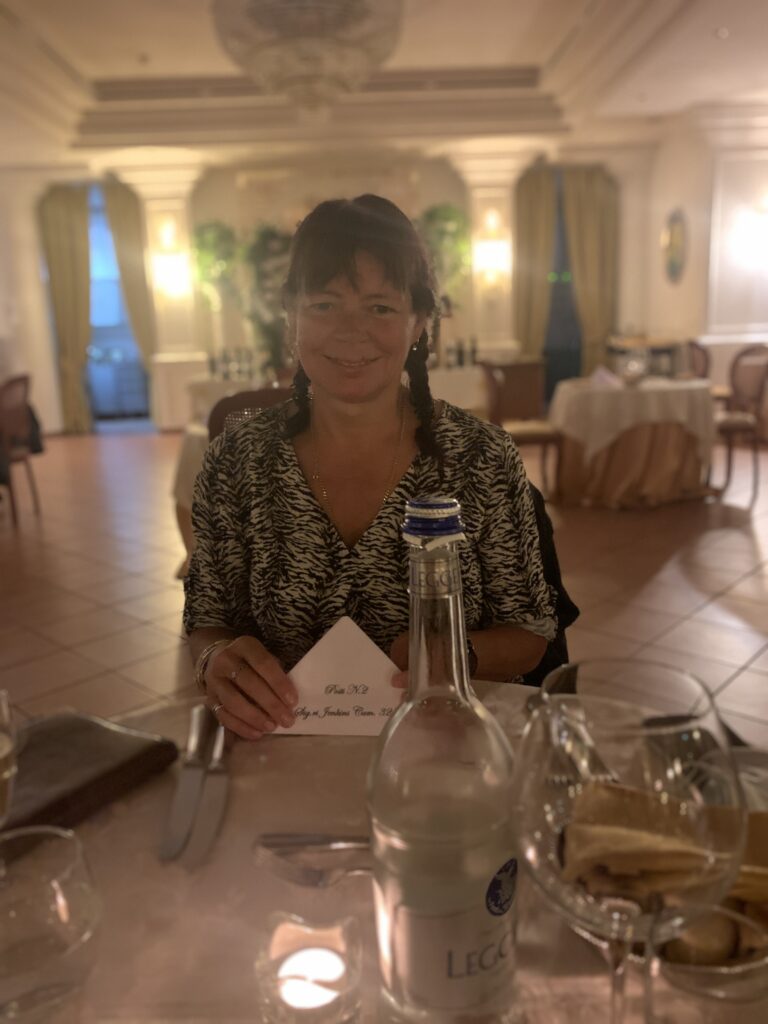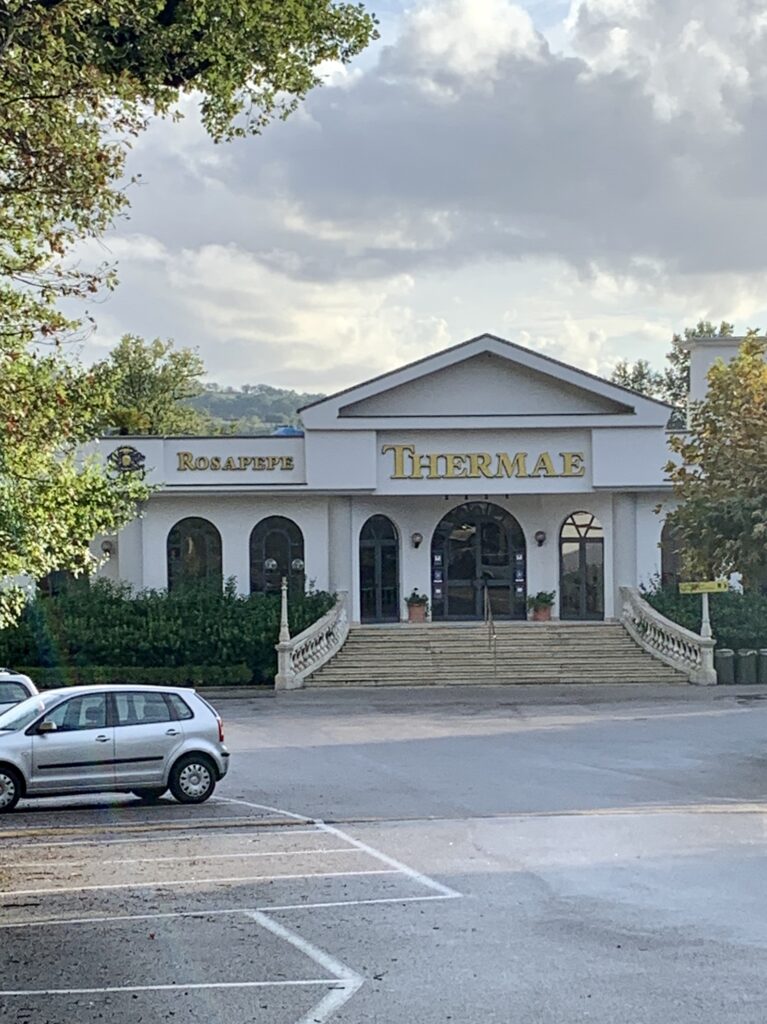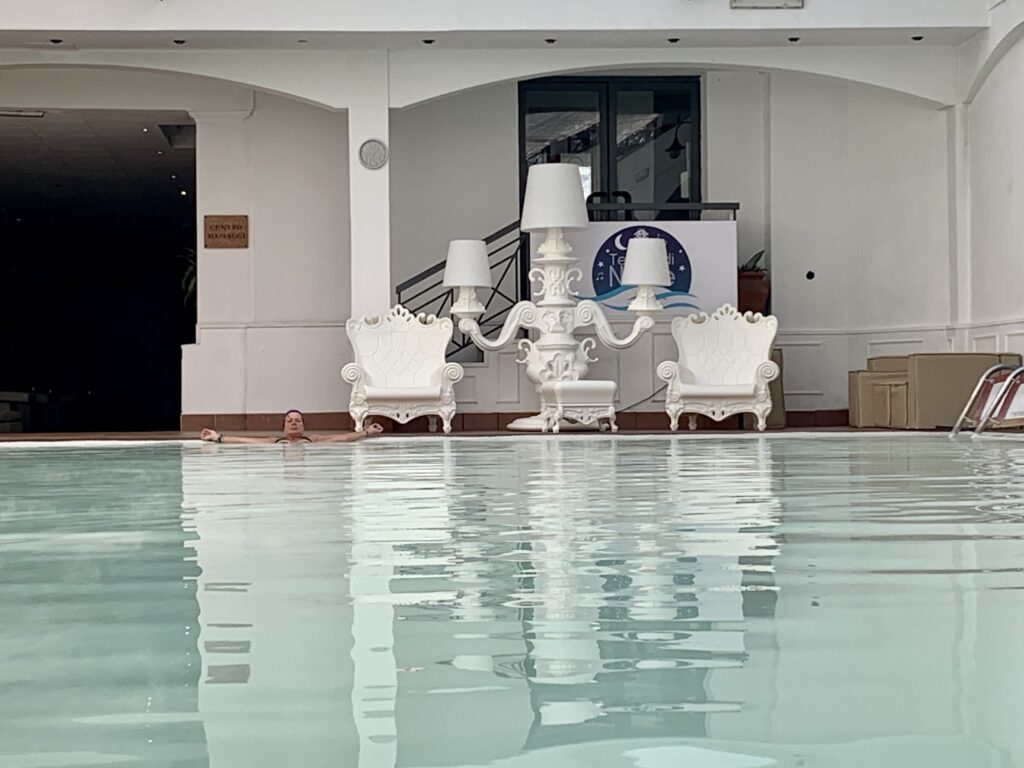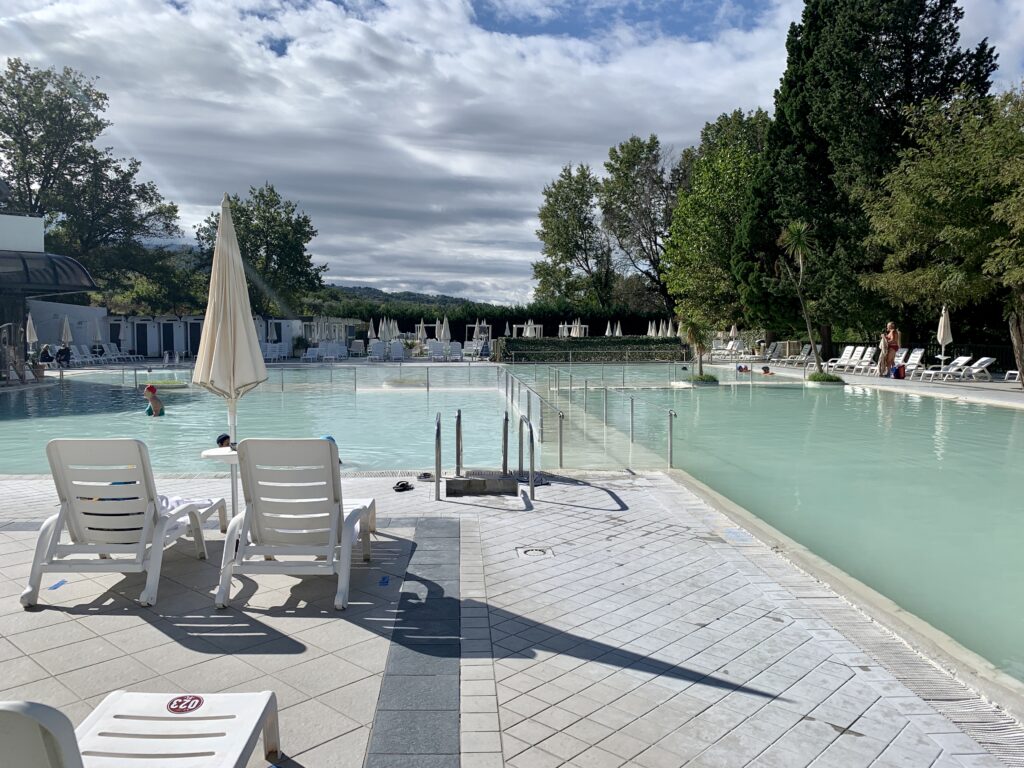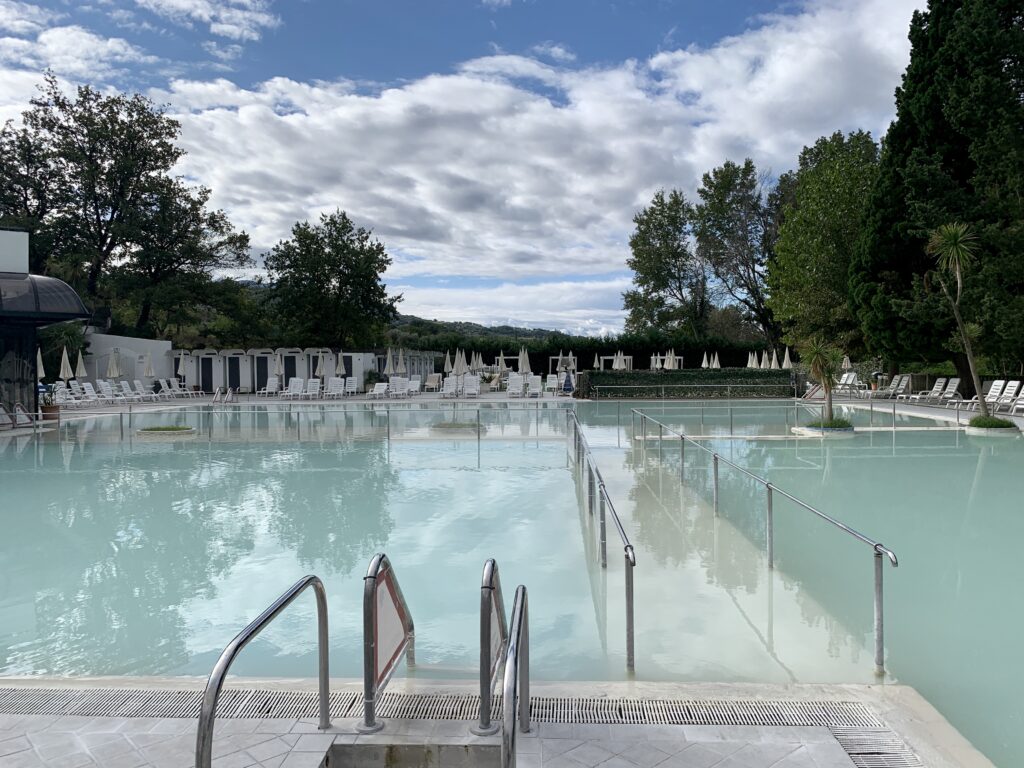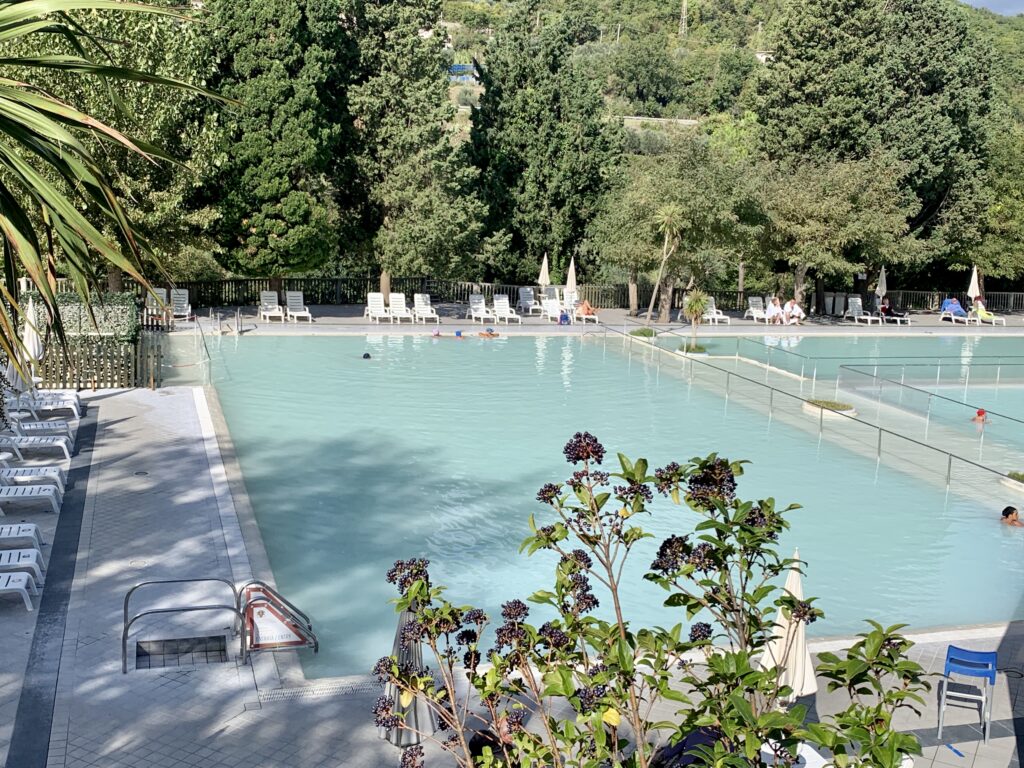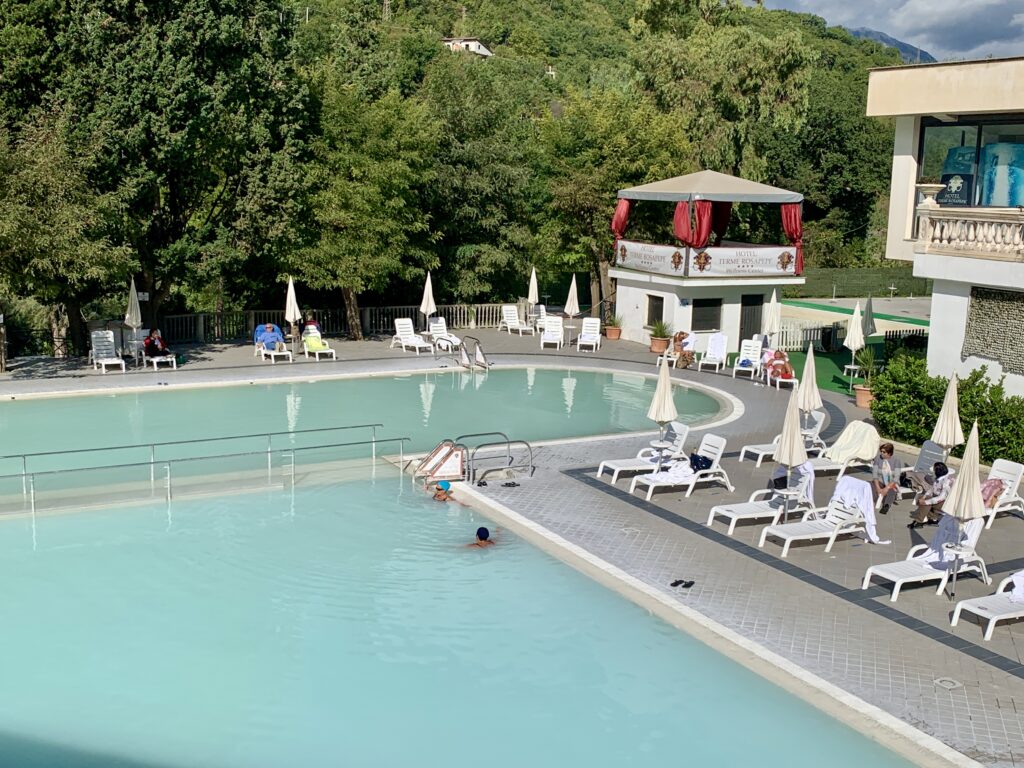I recall staying near Villach last year, at a place called Ossiach, and making the 10 mile journey to Villach by bus to discover there was some kind of festival going on – the Villacher Kirchtag festival. I recall it was a very gay affair with many people dressed up in the national costume (lederhosen and dirndels) and numerous ‘oompah’ bands playing (almost competing with each other) and lots of beer was being drunk from about 9 o’clock in the morning. That was last August during Europe Tour 2 which I covered on Facebook but didn’t do a daily blog on.
The Villacher Kirchtag has been an event every year since 1936 (except between 1940 and 1947) and it is now a regional attraction that is known across Austria (and parts of Italy too judging by the number of Italian voices I heard last year). I don’t know the significance of the festival or how it came about but it really is a fun affair. Sadly, because of the COVID pandemic and following the Austrian governments directive that no large event take place before the end of August 2020, the 77th Villacher Kirchtag did not take place in 2020. Next year perhaps.
Our visit to Villach this year happened purely and simply because Bled was almost totally closed because of COVID (see previous blog). Rather than search Slovenia for areas that were not categorised as COVID level 2 or 3 (shades of the lockdown which would close the bars) we decided to make the 33 mile drive to Austria knowing that we would at least be able to get out for a drink.
One feature worth mentioning is that police are now manning the borders between Italy, Slovenia and Austria because of COVID. Having said that, we haven’t experienced any problems crossing borders. The Slovenians might have stopped us from entering (because we carry GB plates & passports and COVID is spiking in the UK) but because we have spent the last weeks in Italy we were okay. We were stopped too when crossing from Slovenia into Austria but again were waived through after explaining that we have been in Italy for several weeks and left Trieste that very morning. I trust we’ll have no problems going forward.
We stayed in a basic but clean and pleasant camp site, Seecamping Plorz, overlooking Lake Ossiach. We had the site entirely to ourselves.

